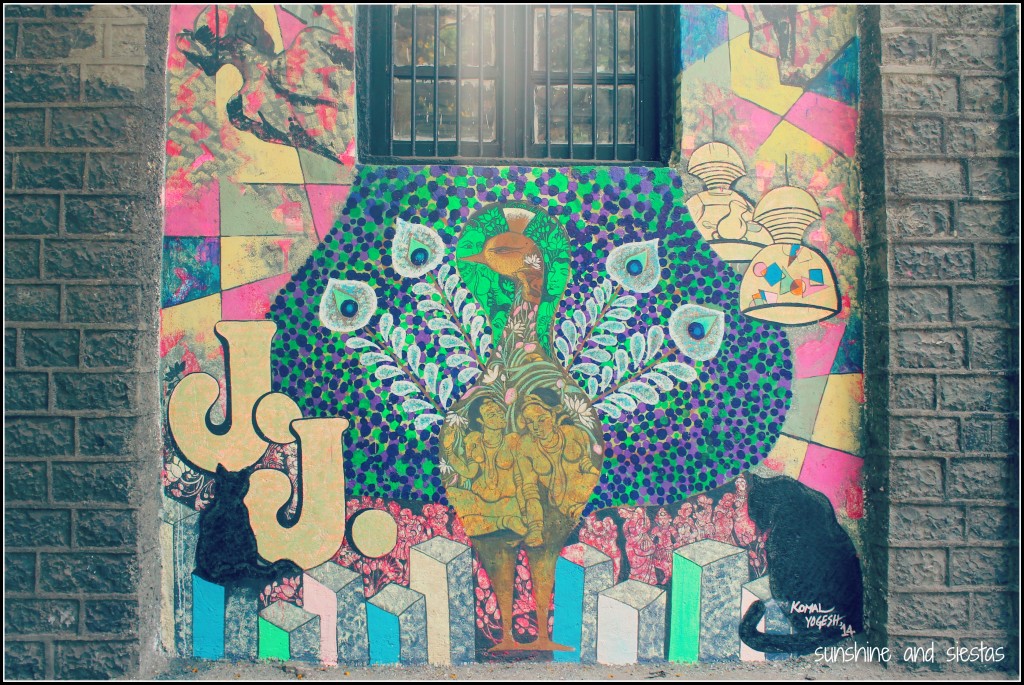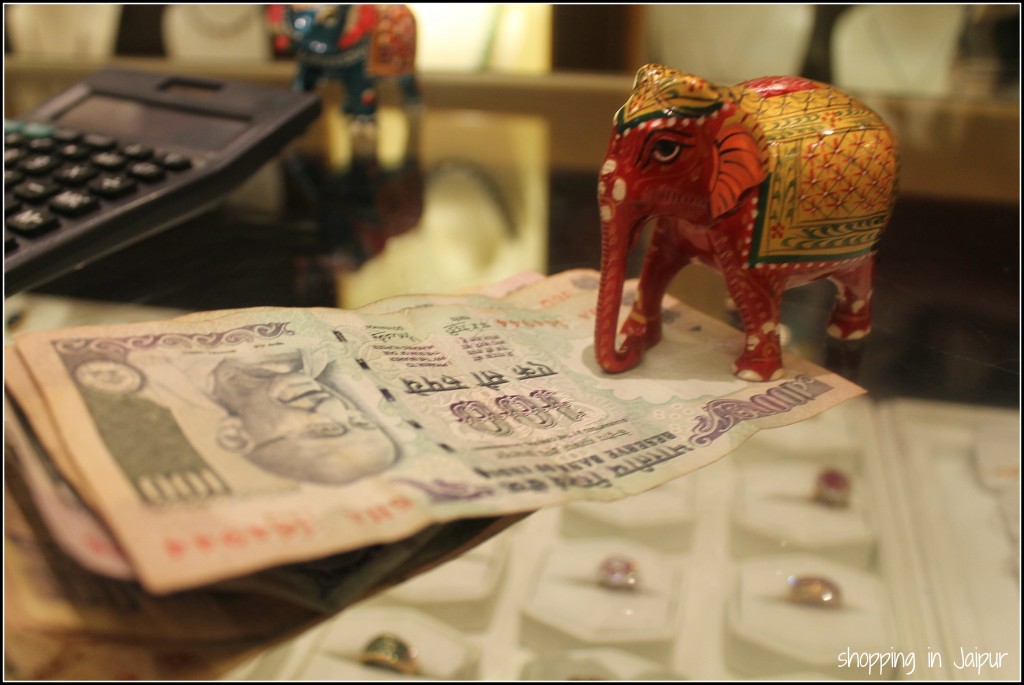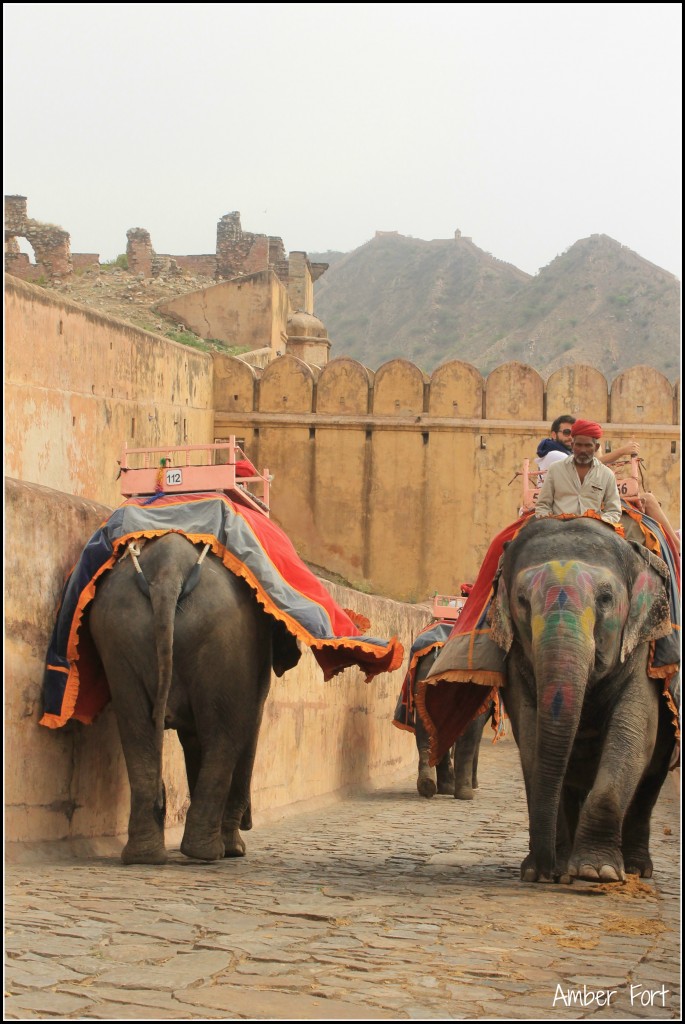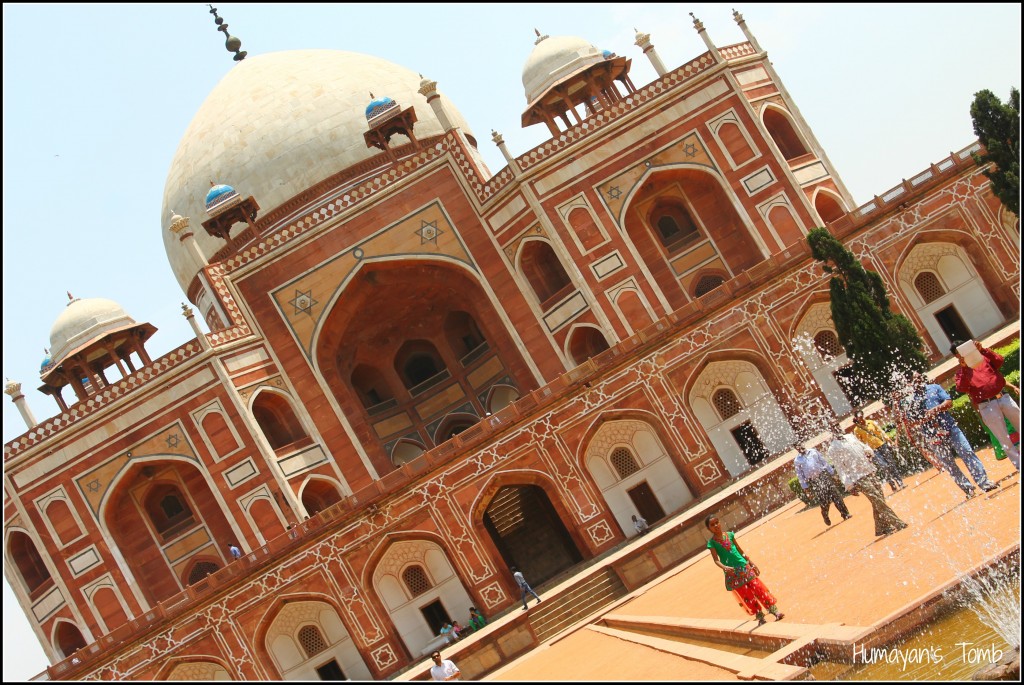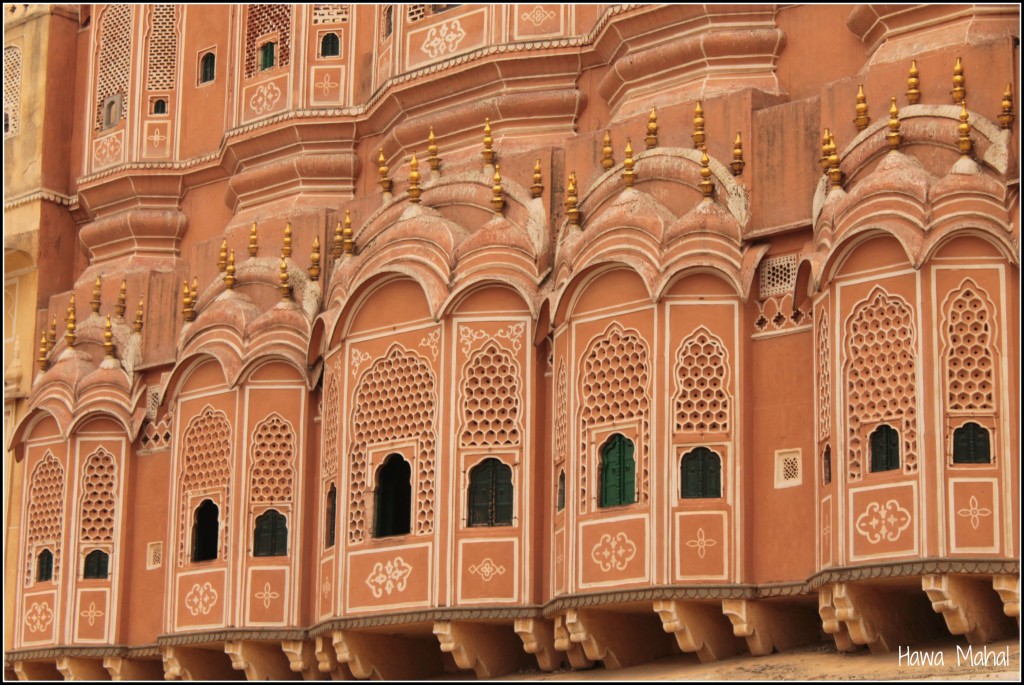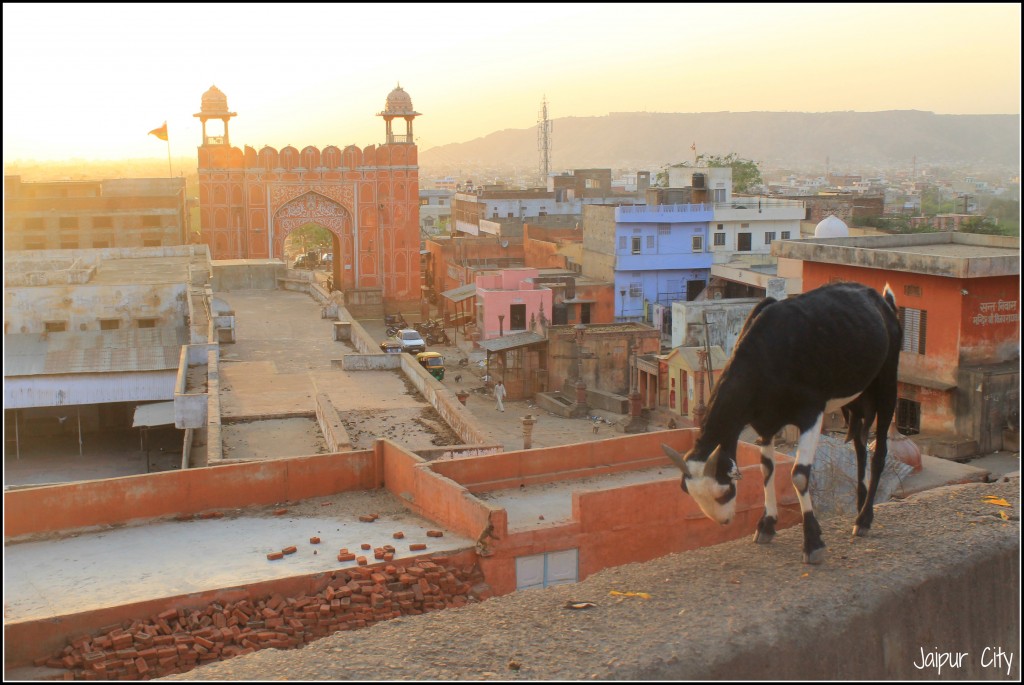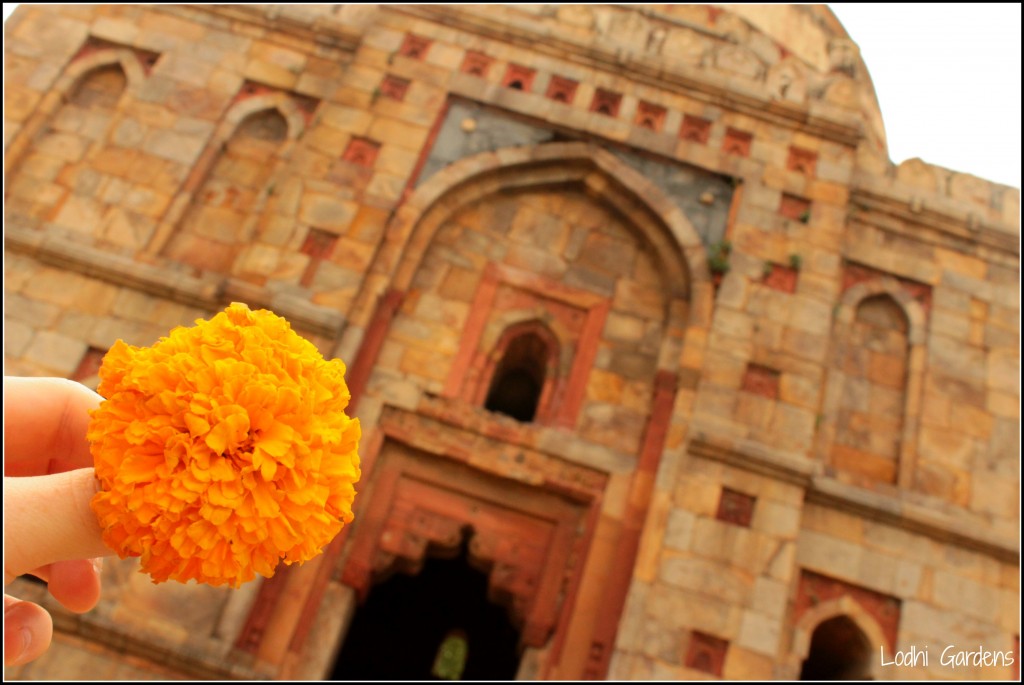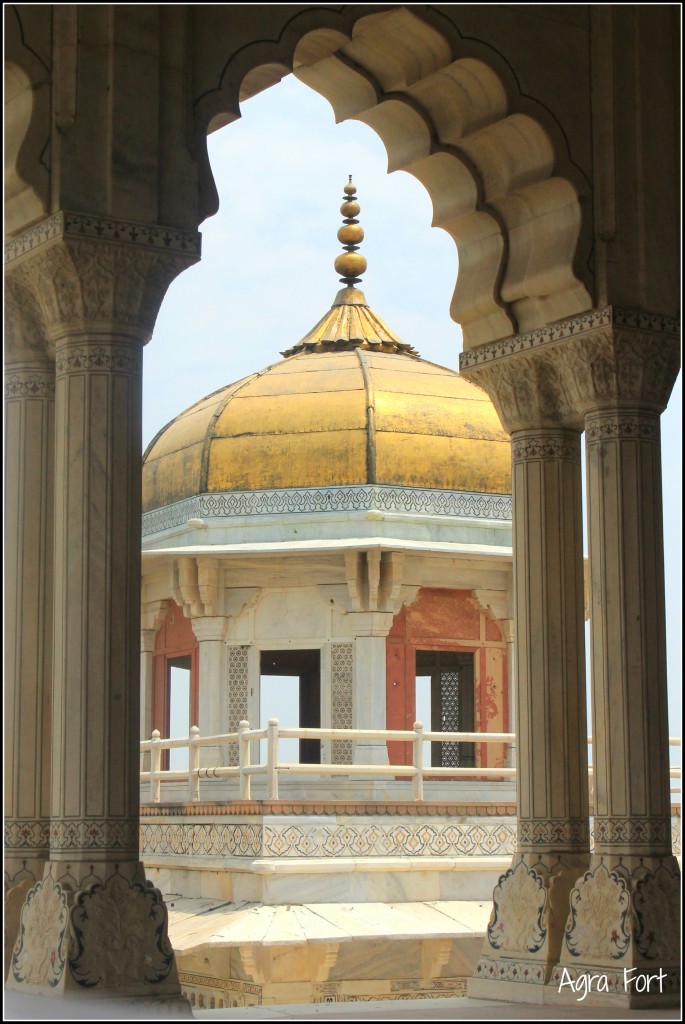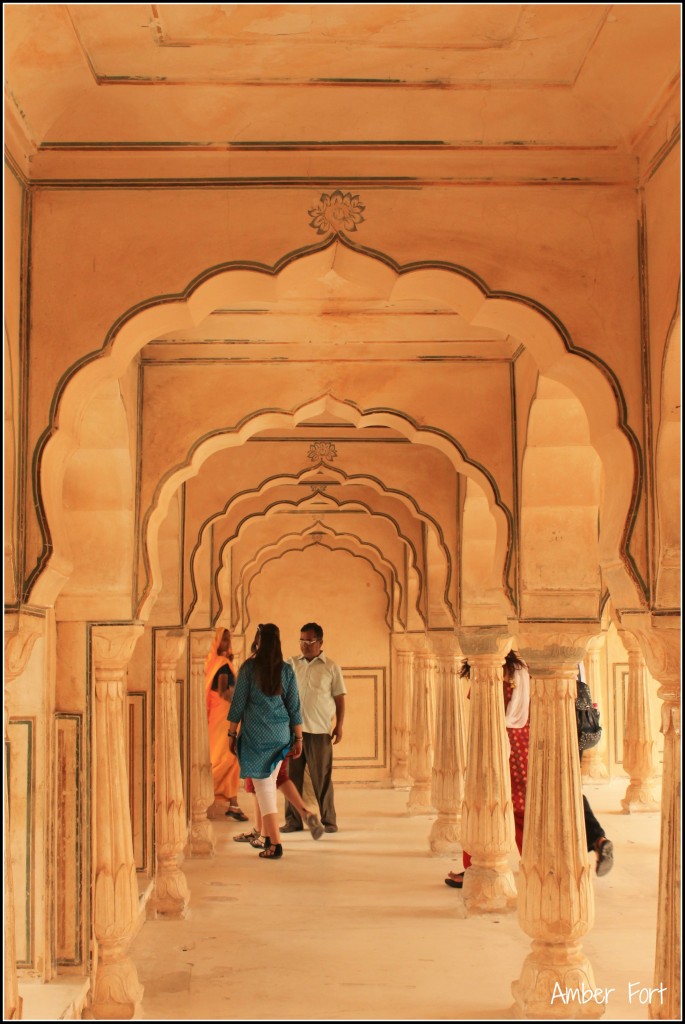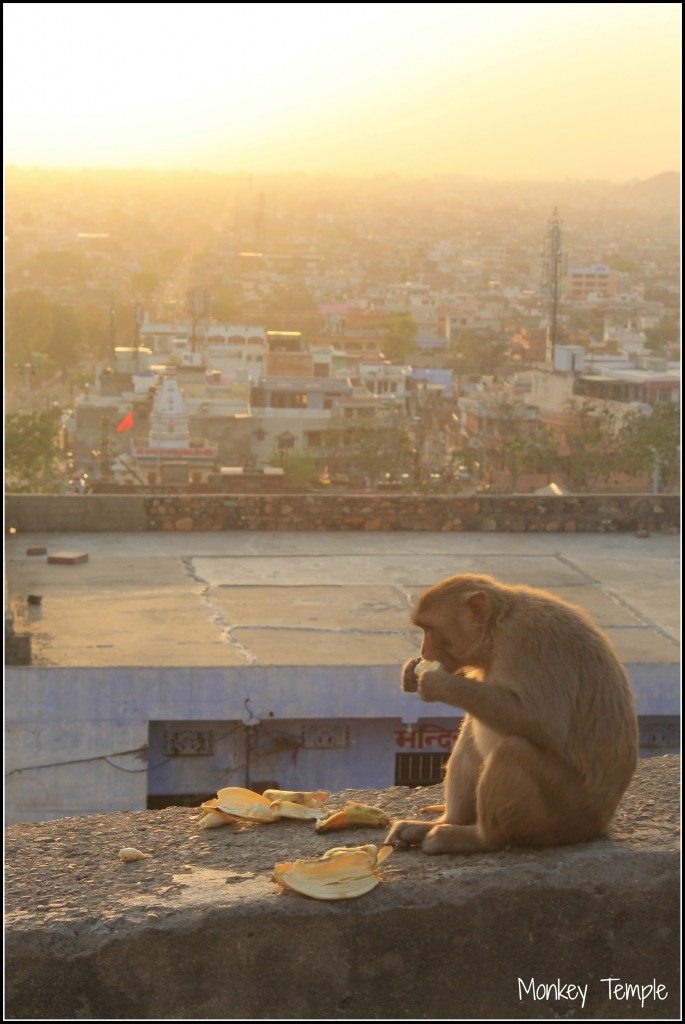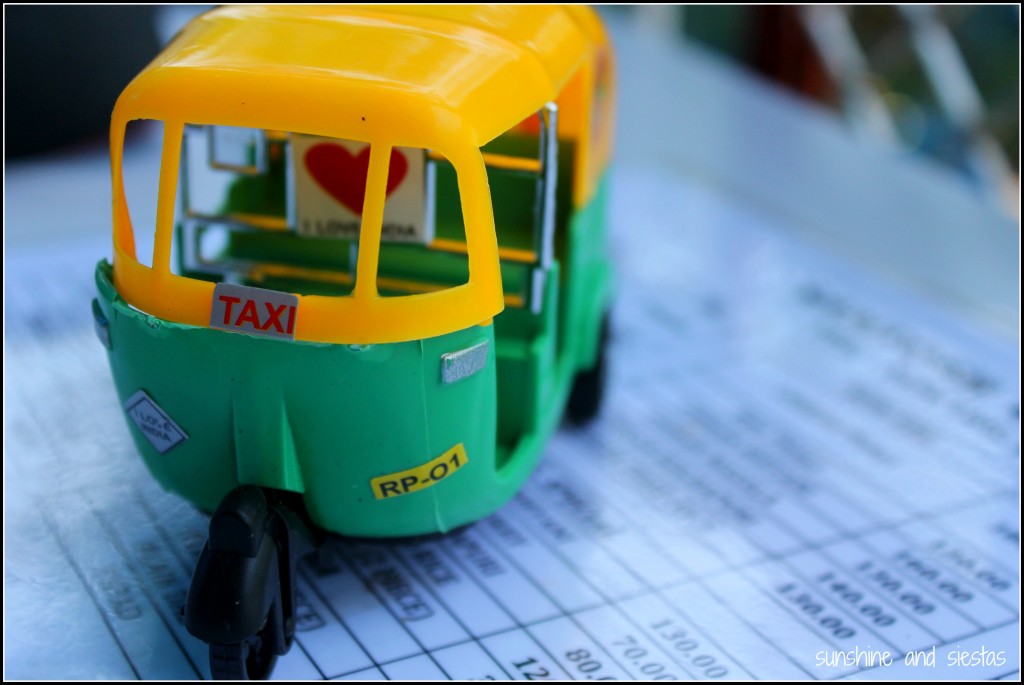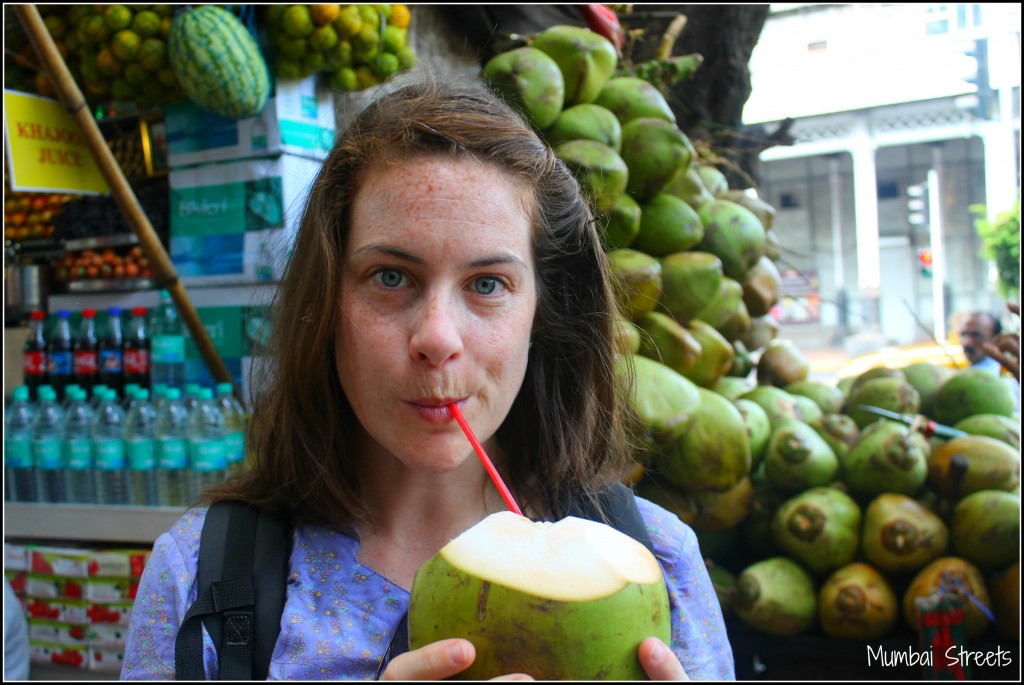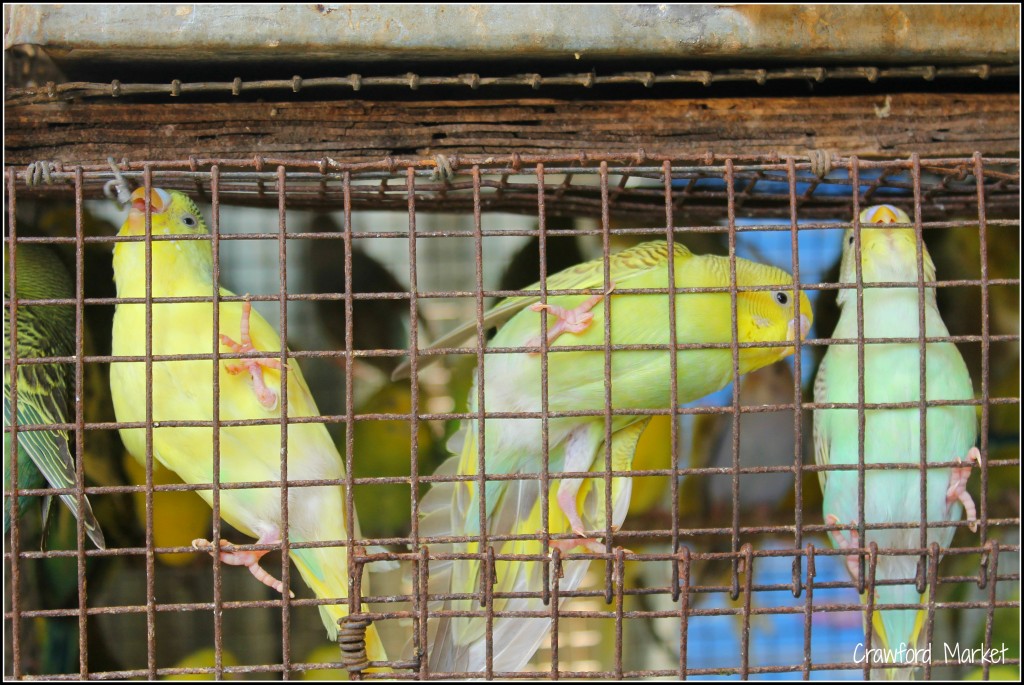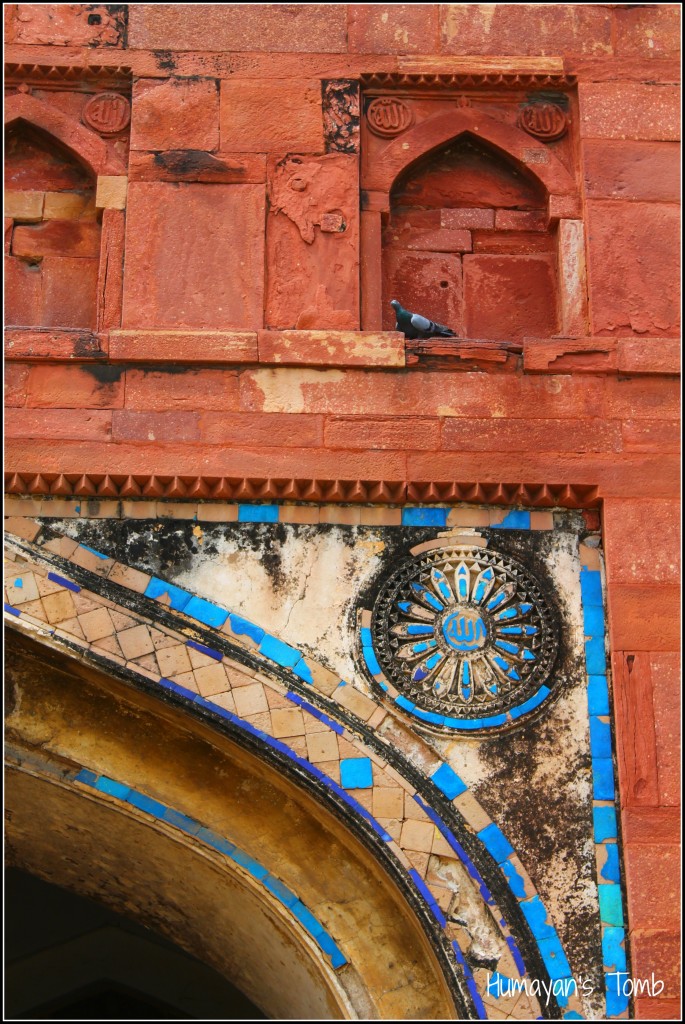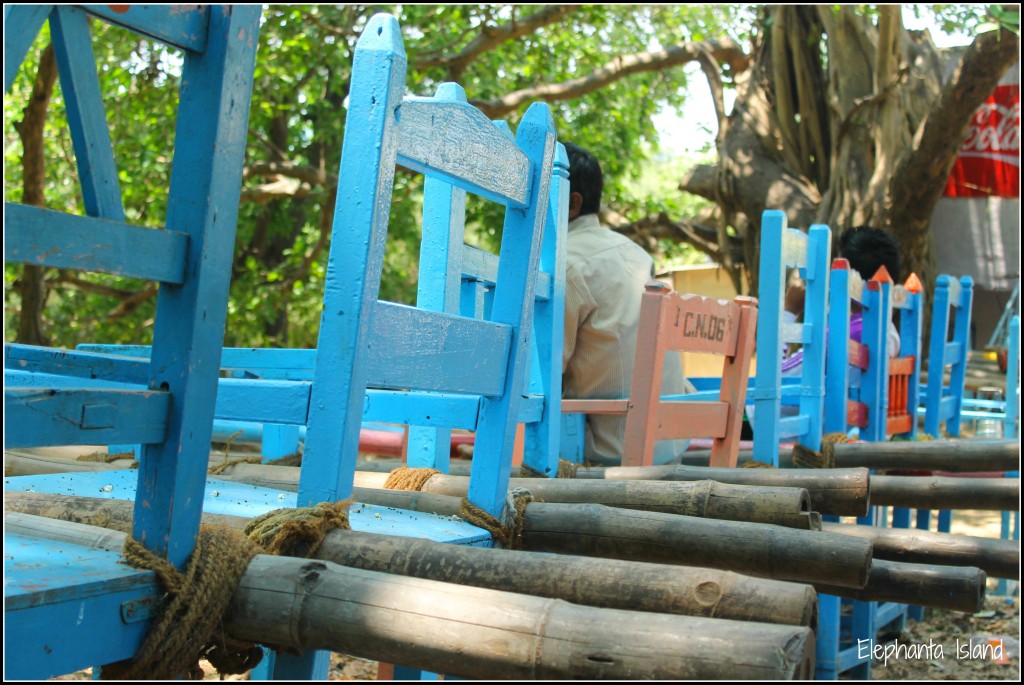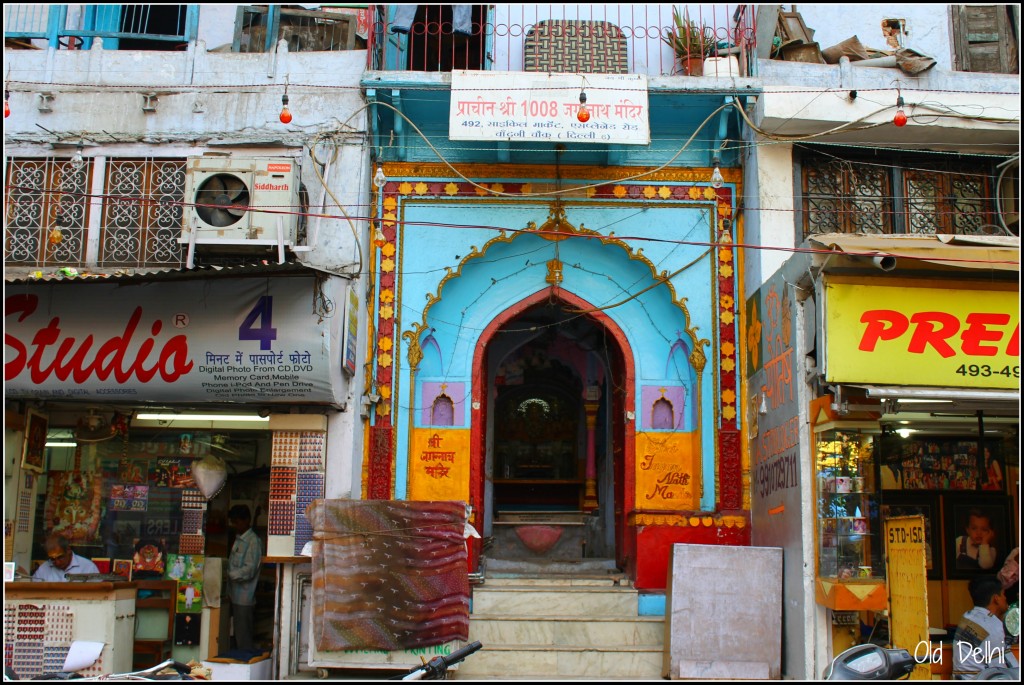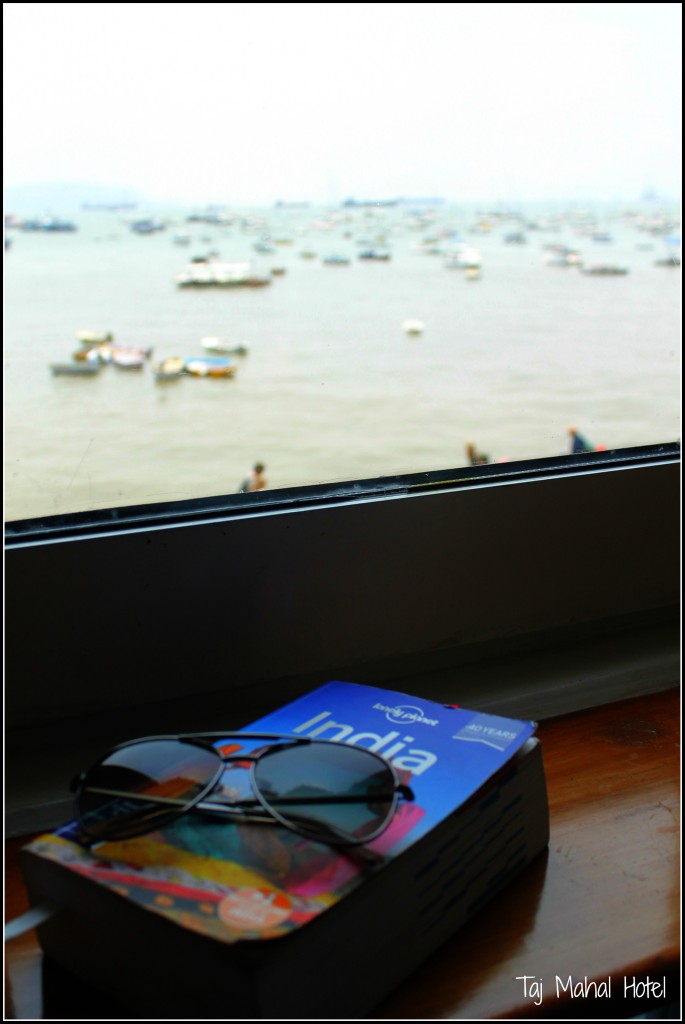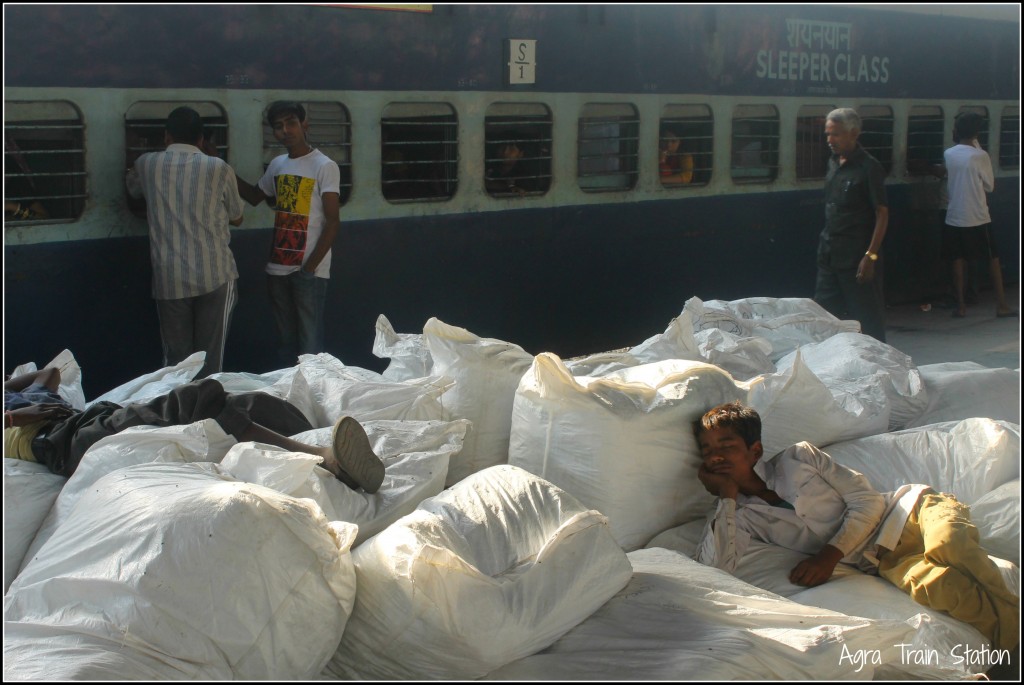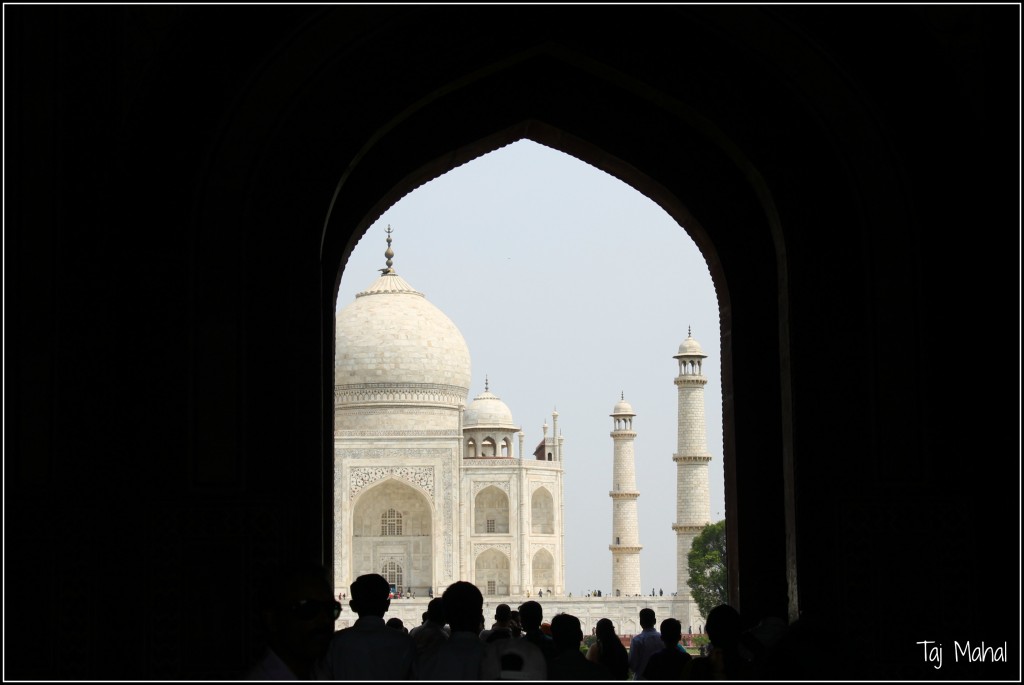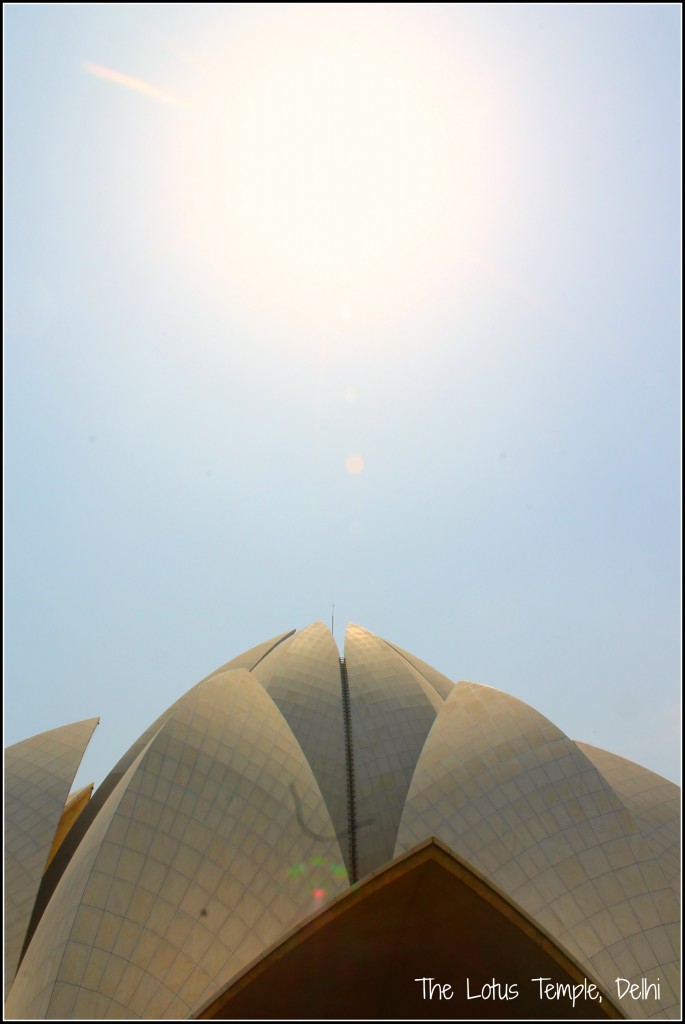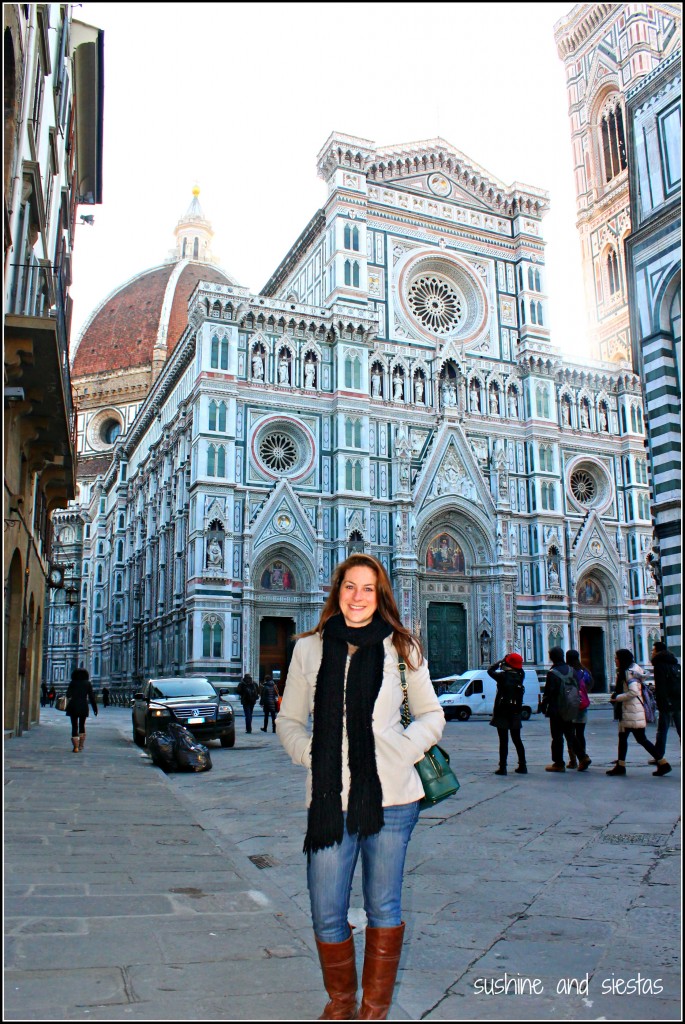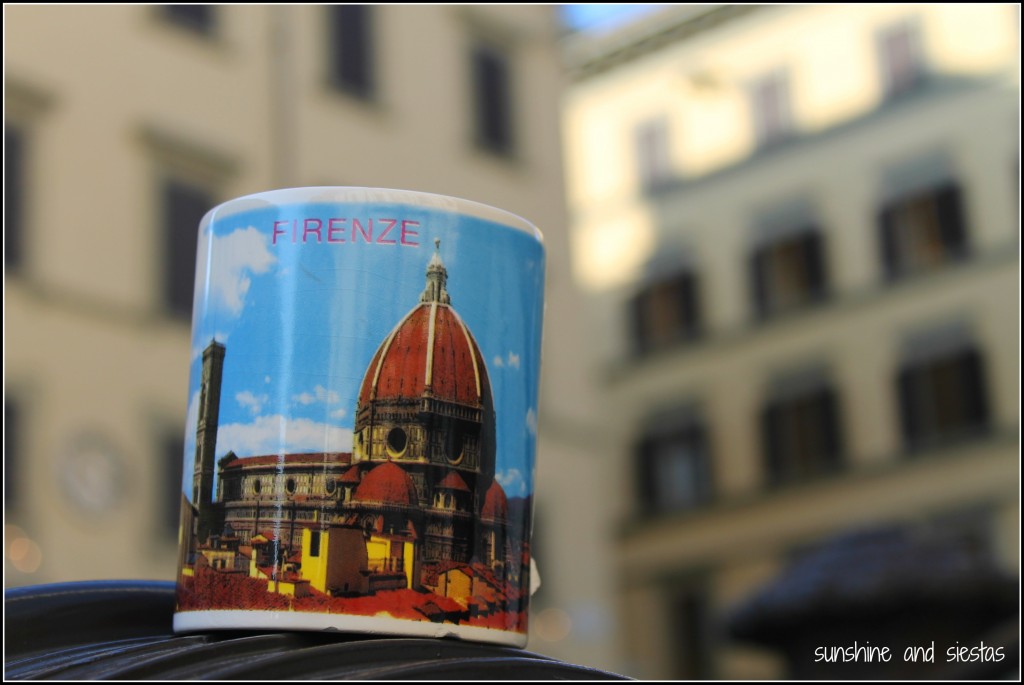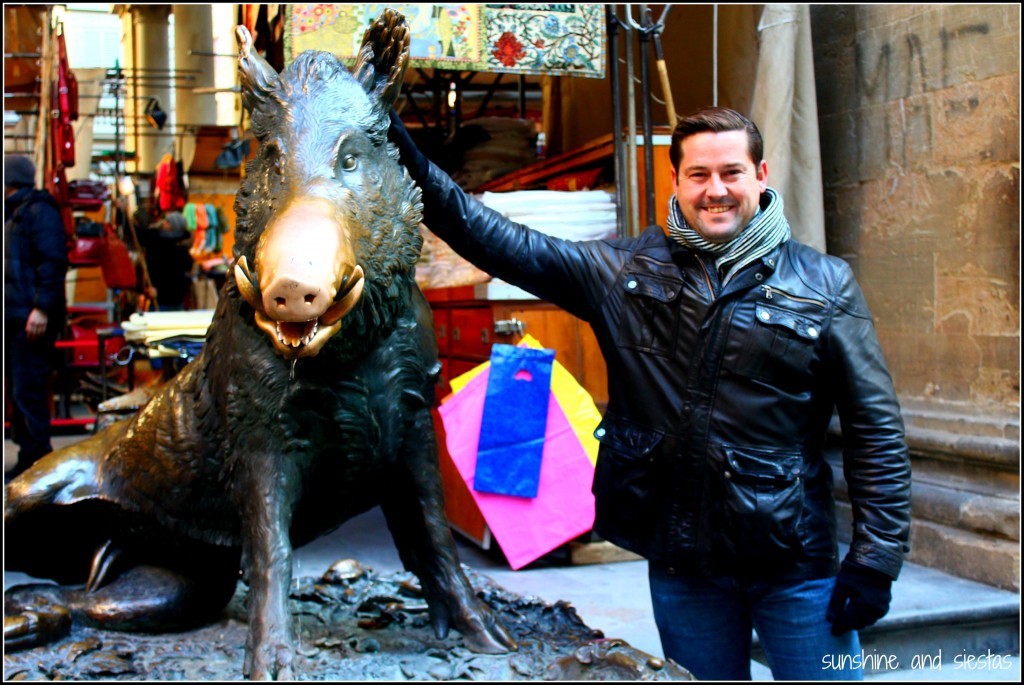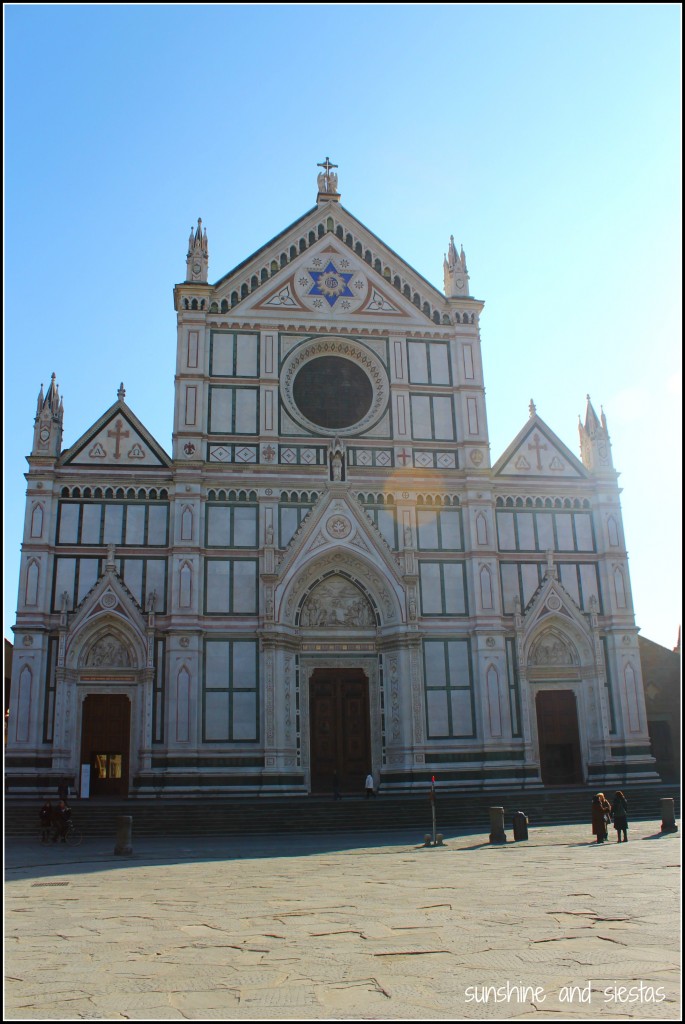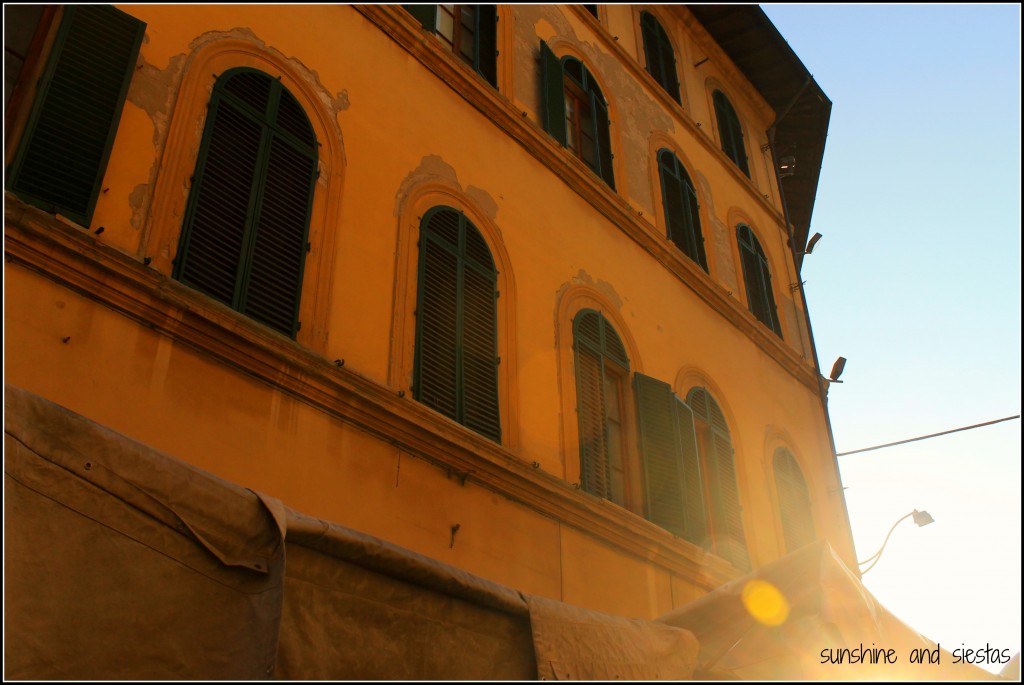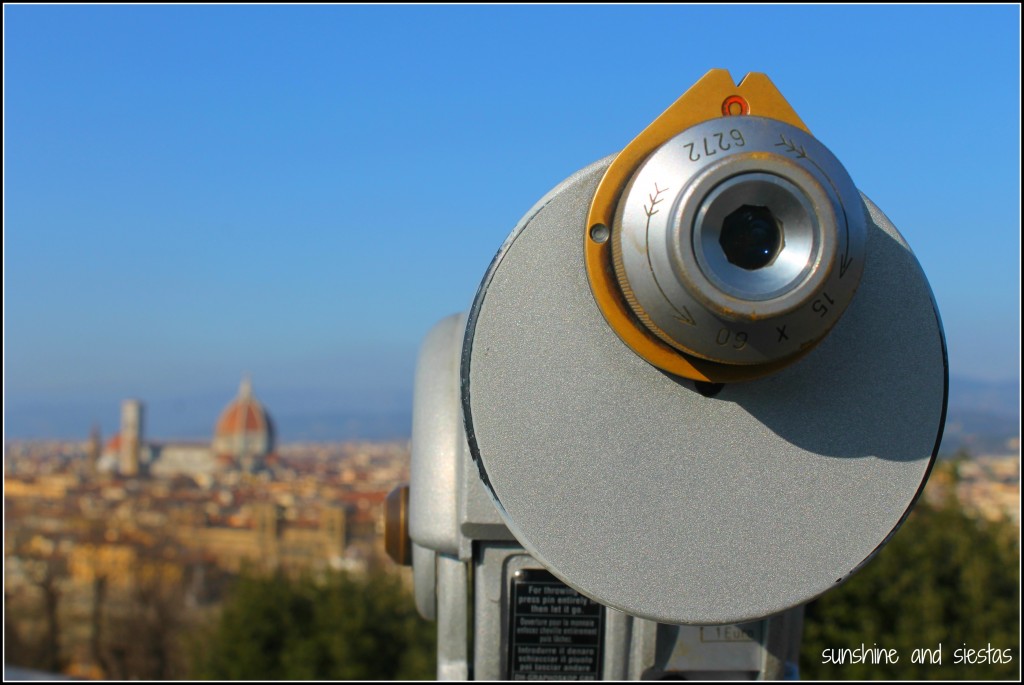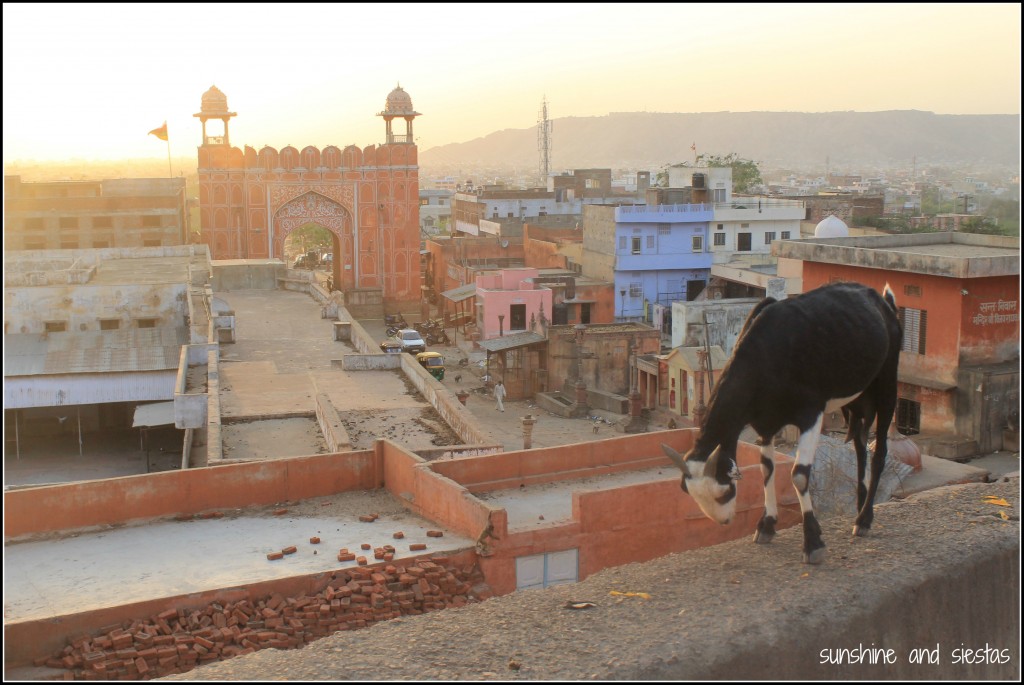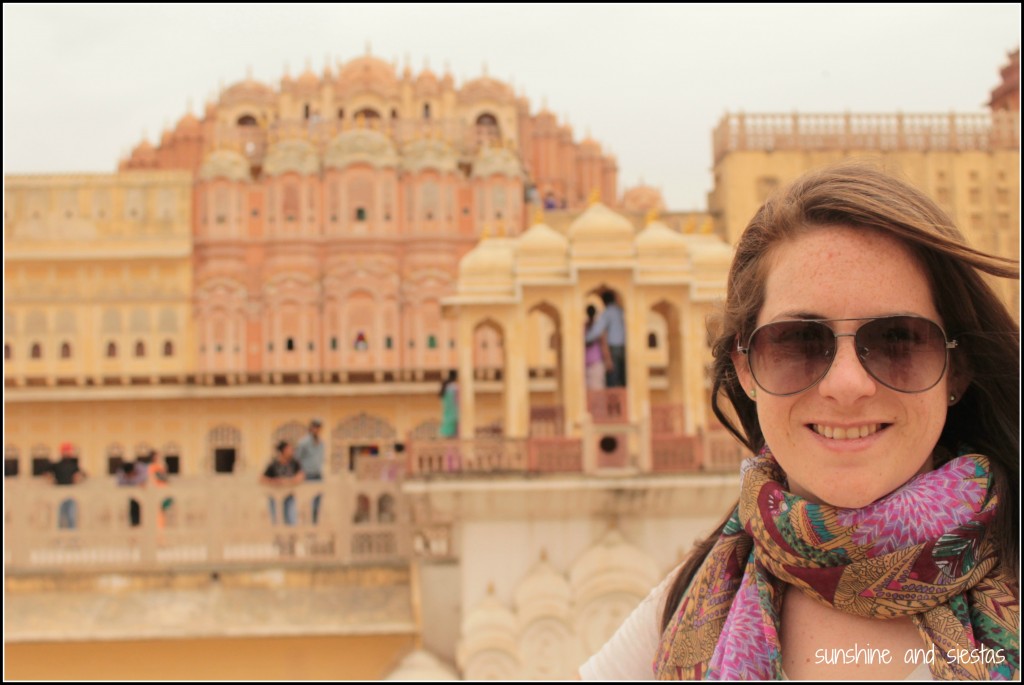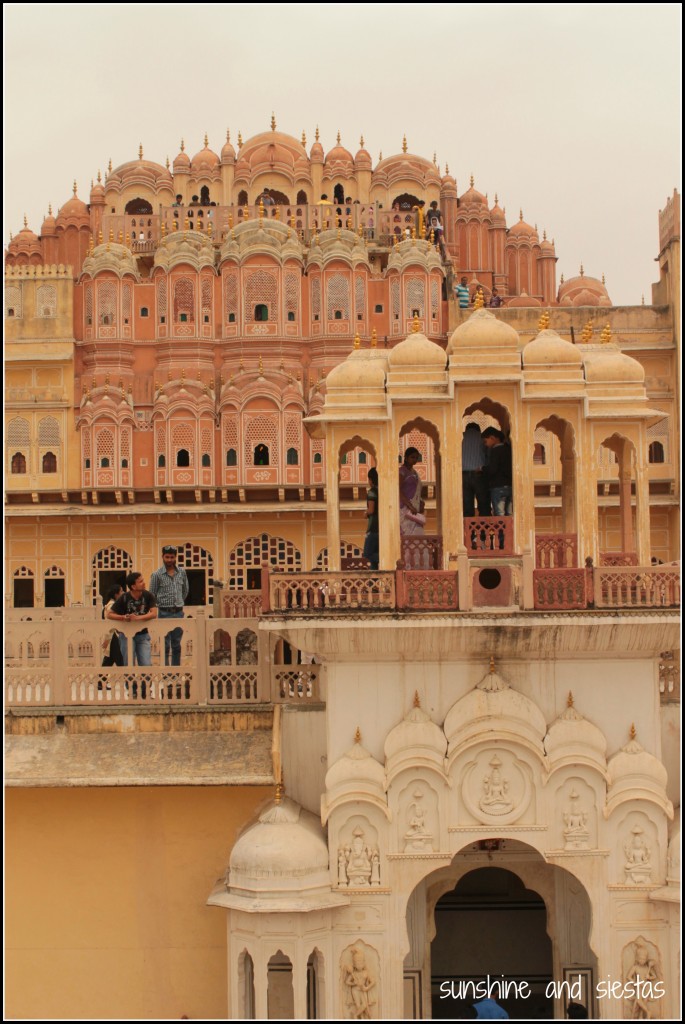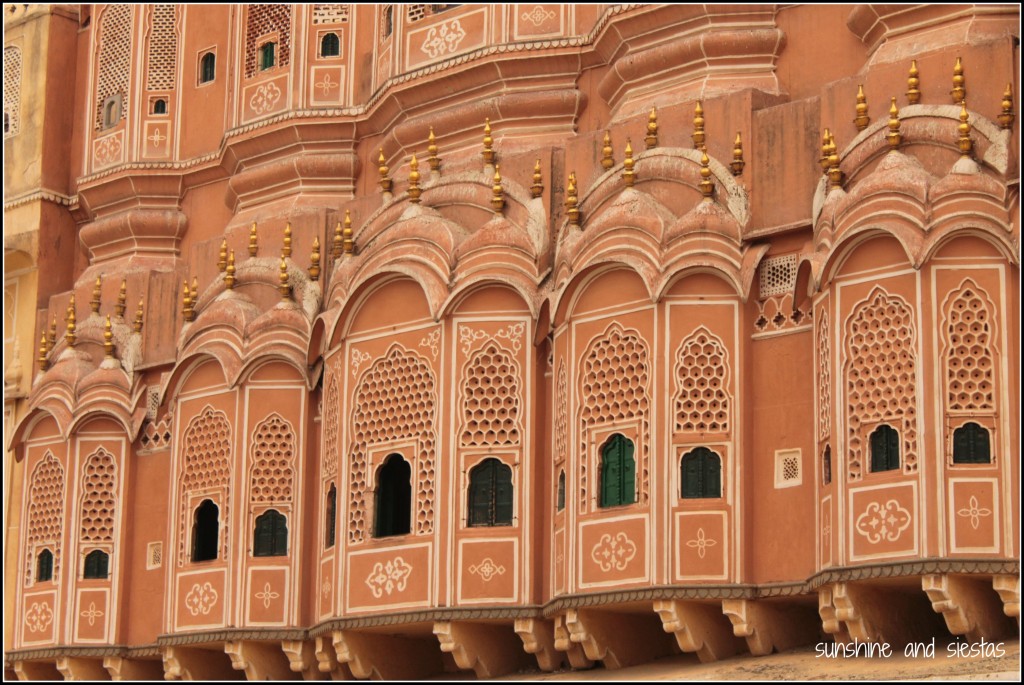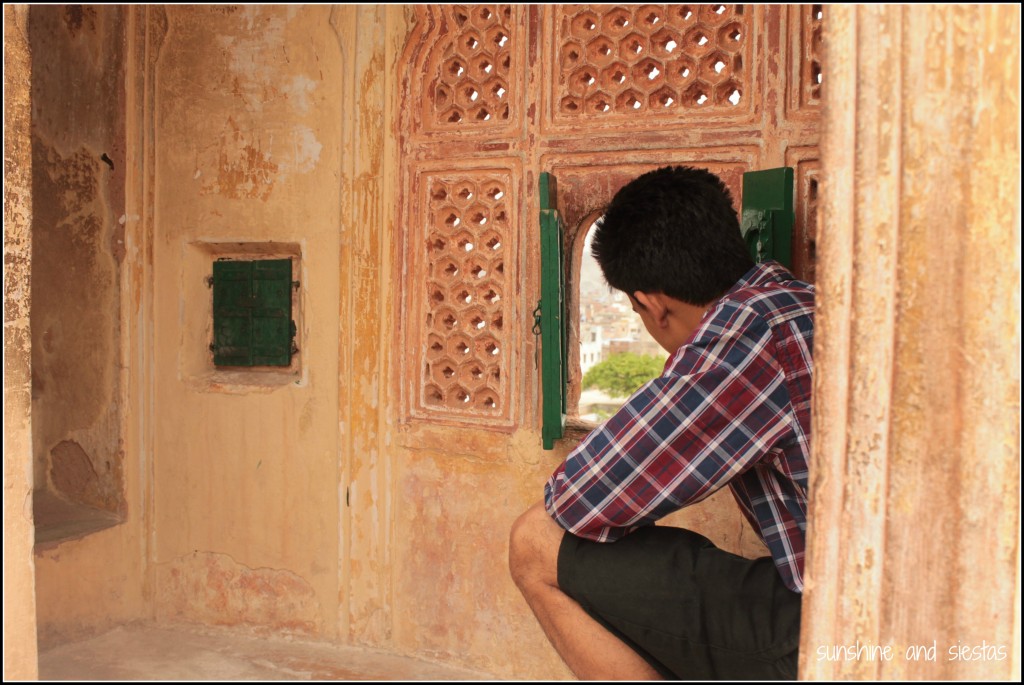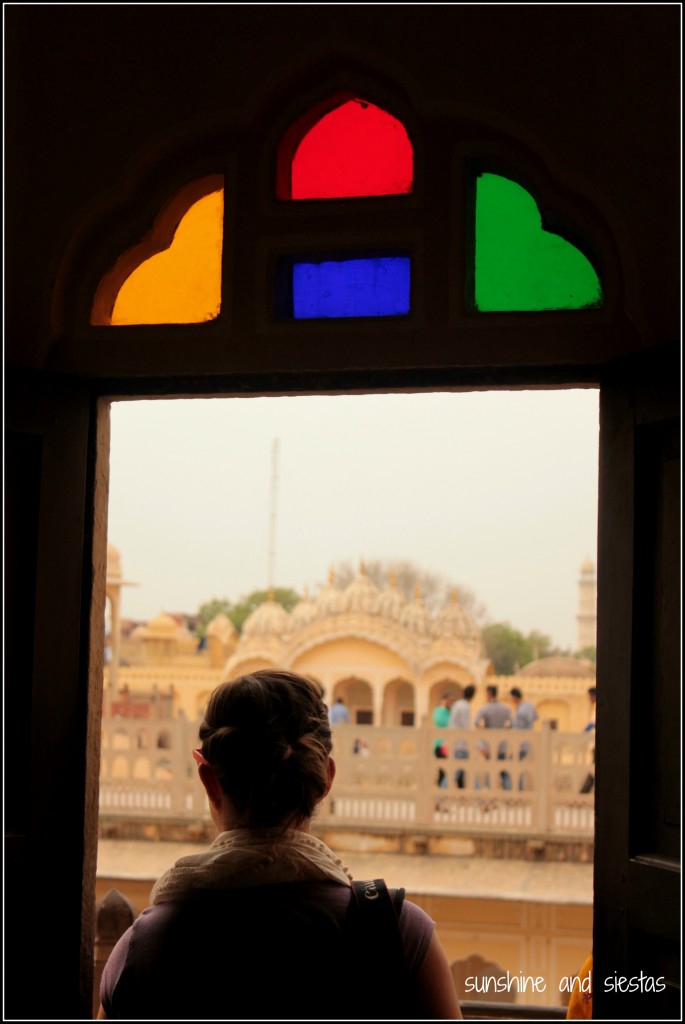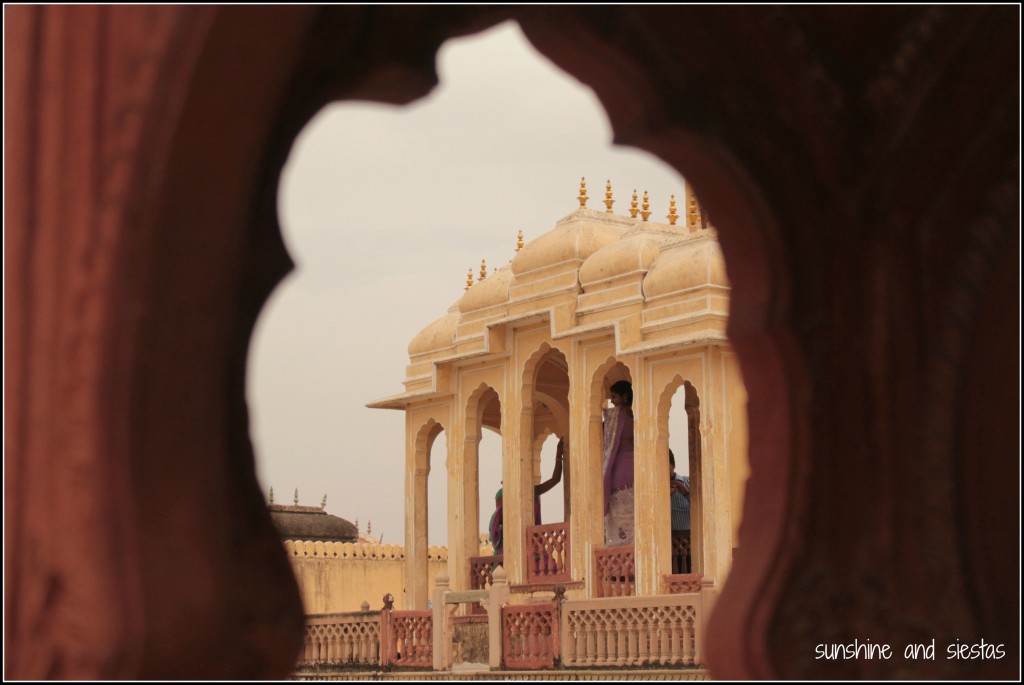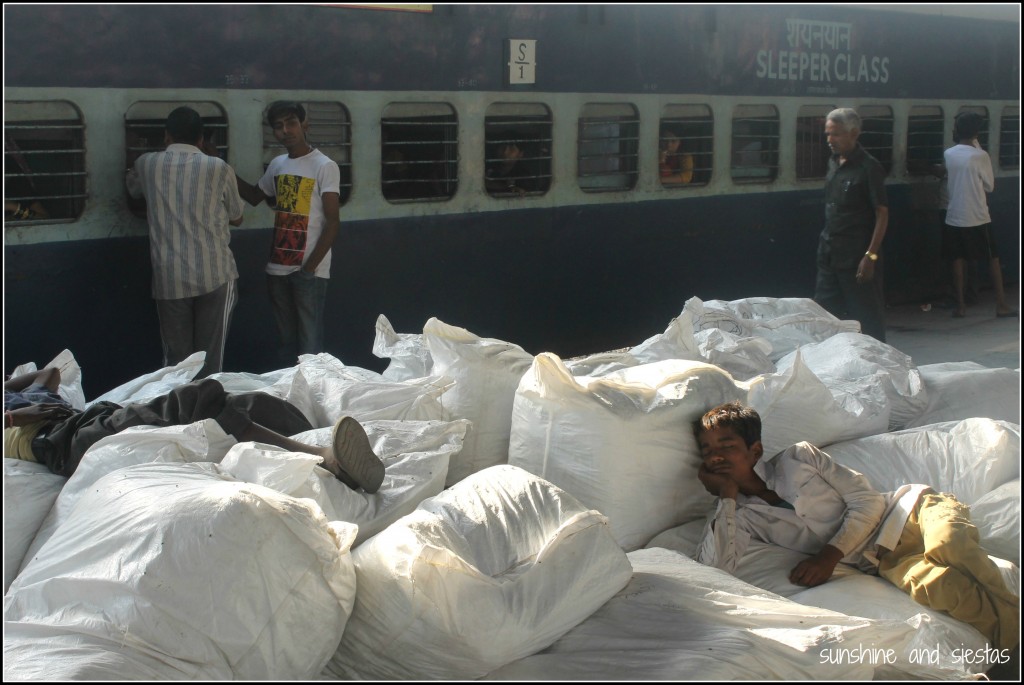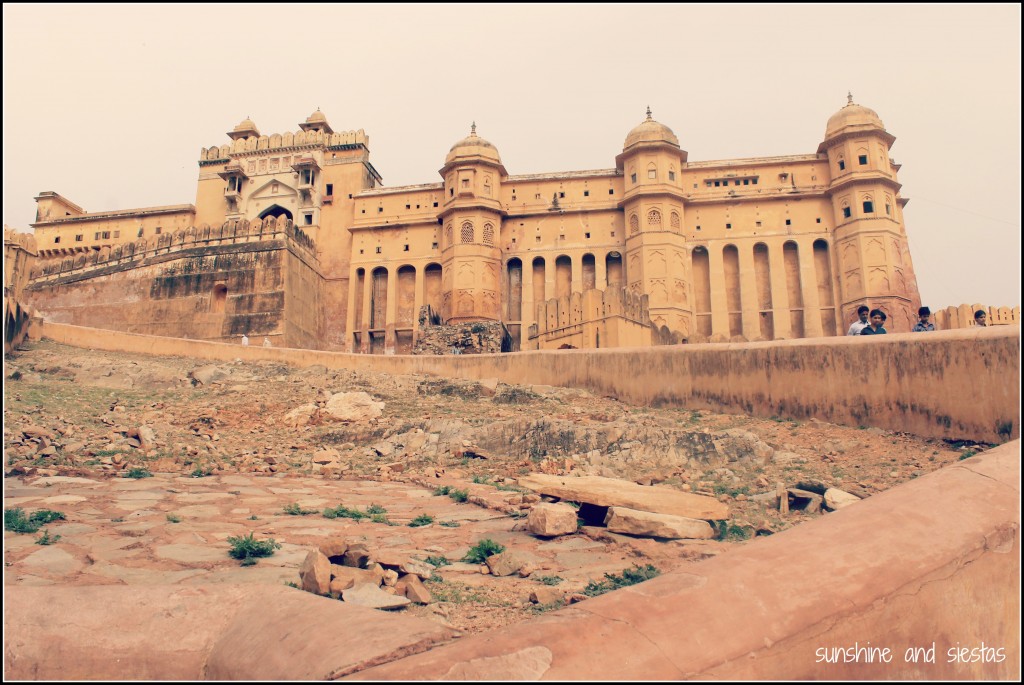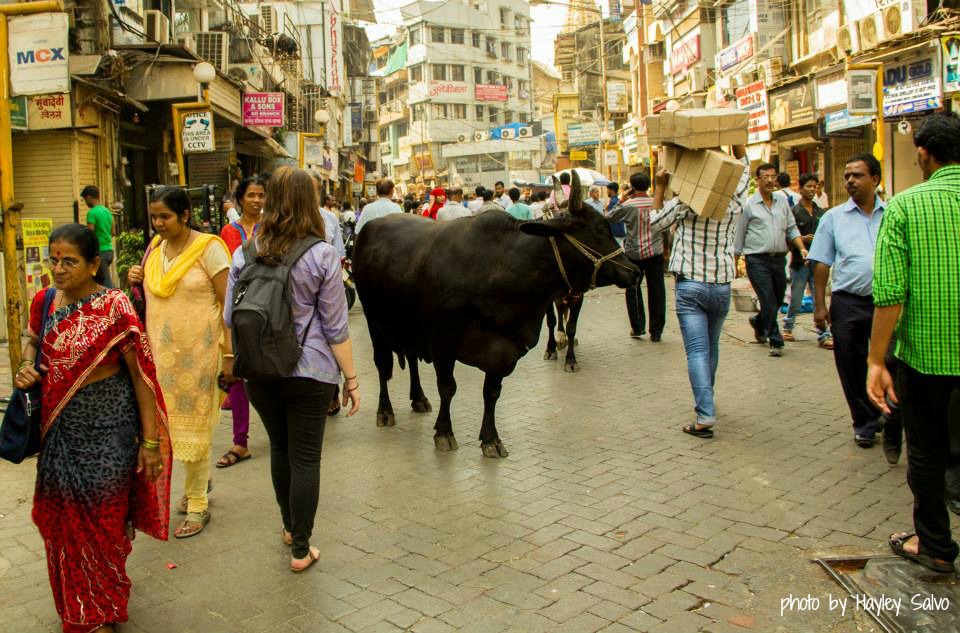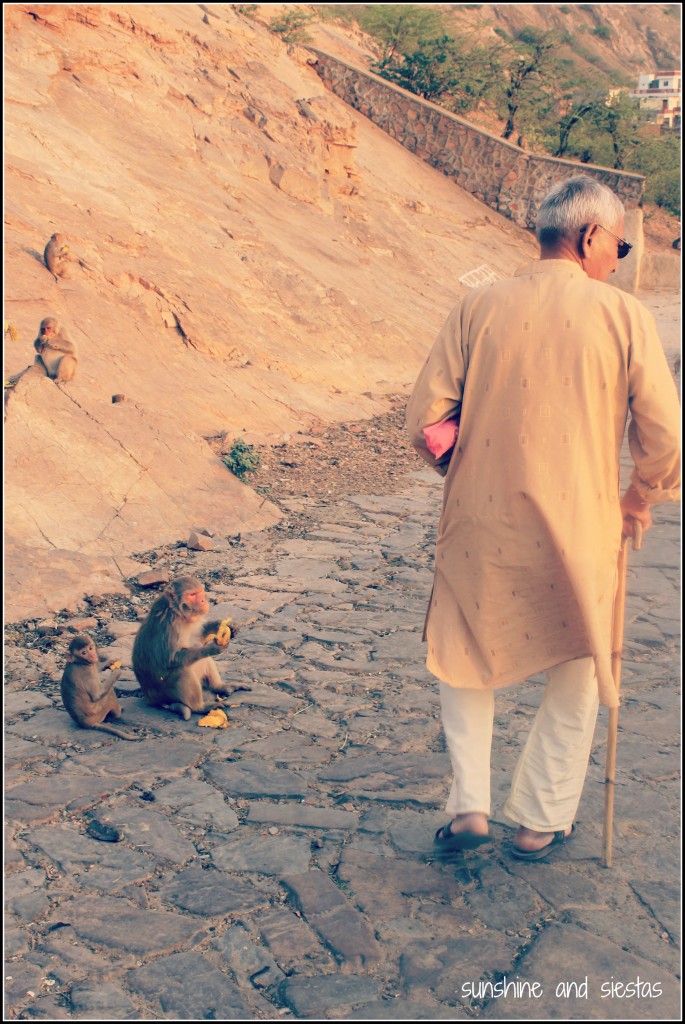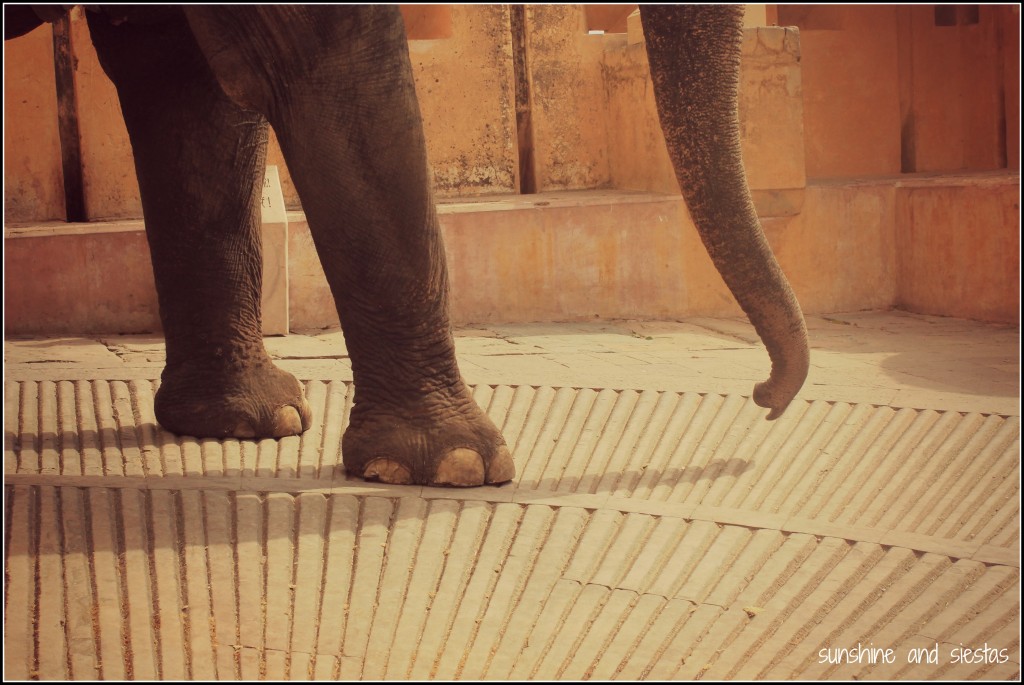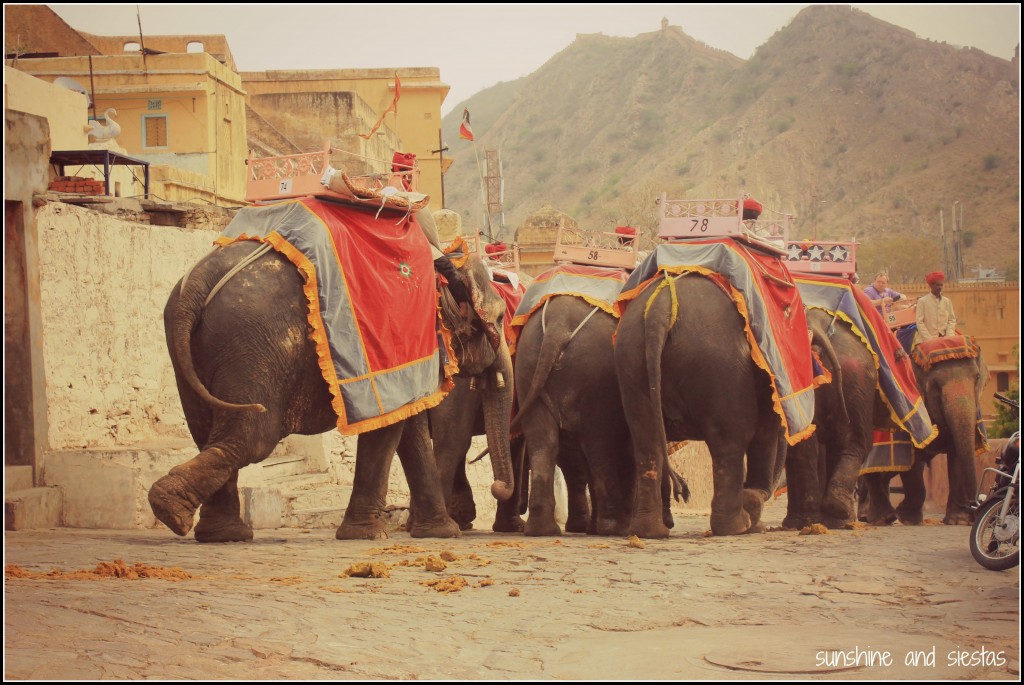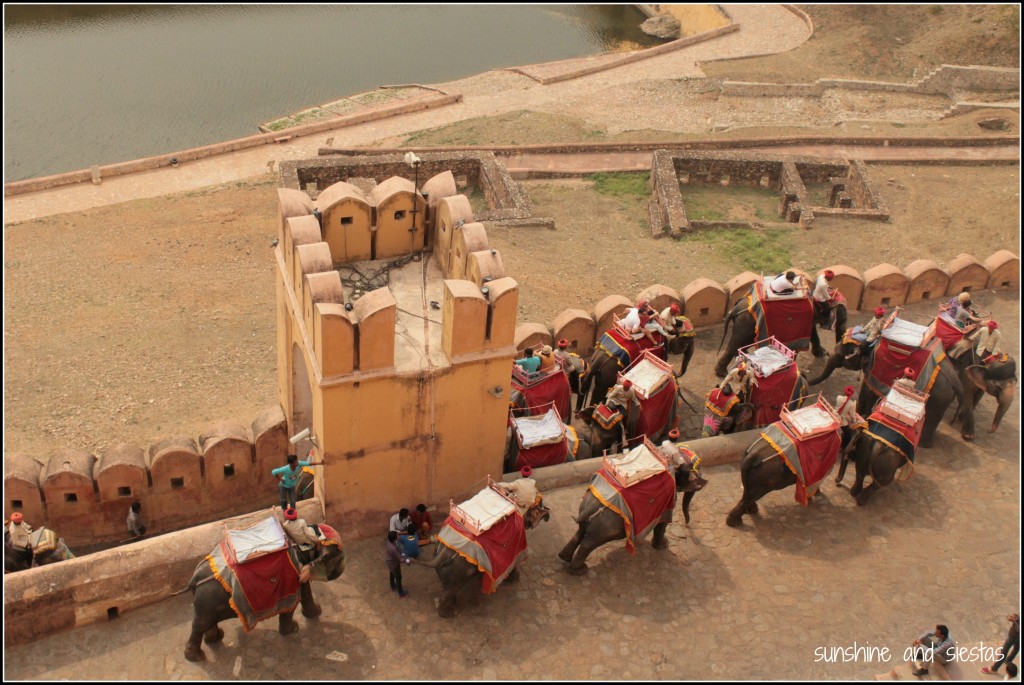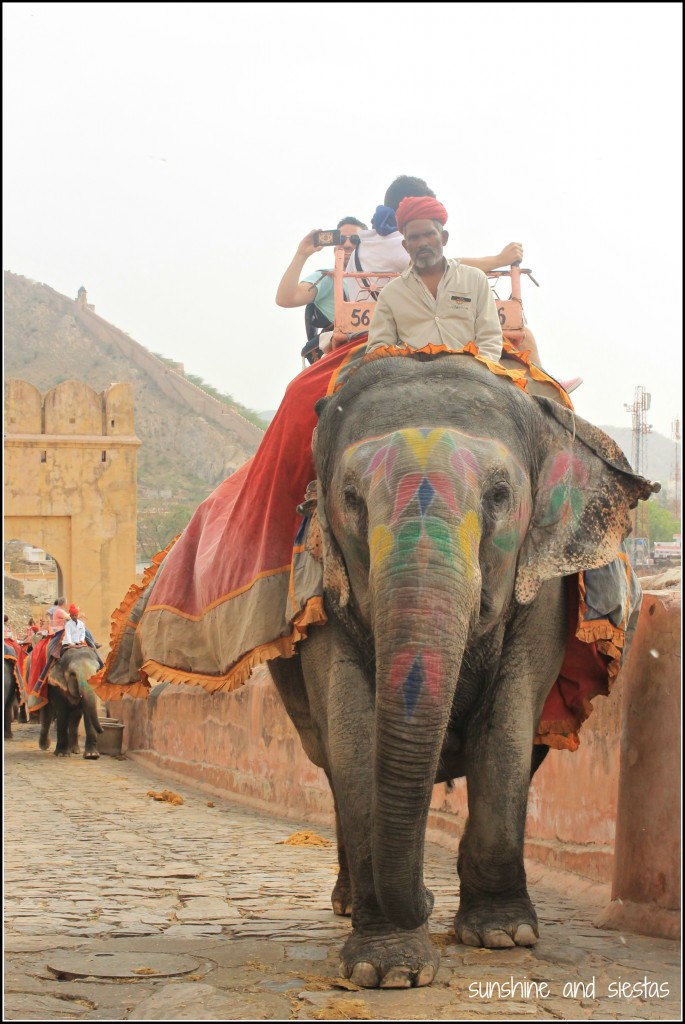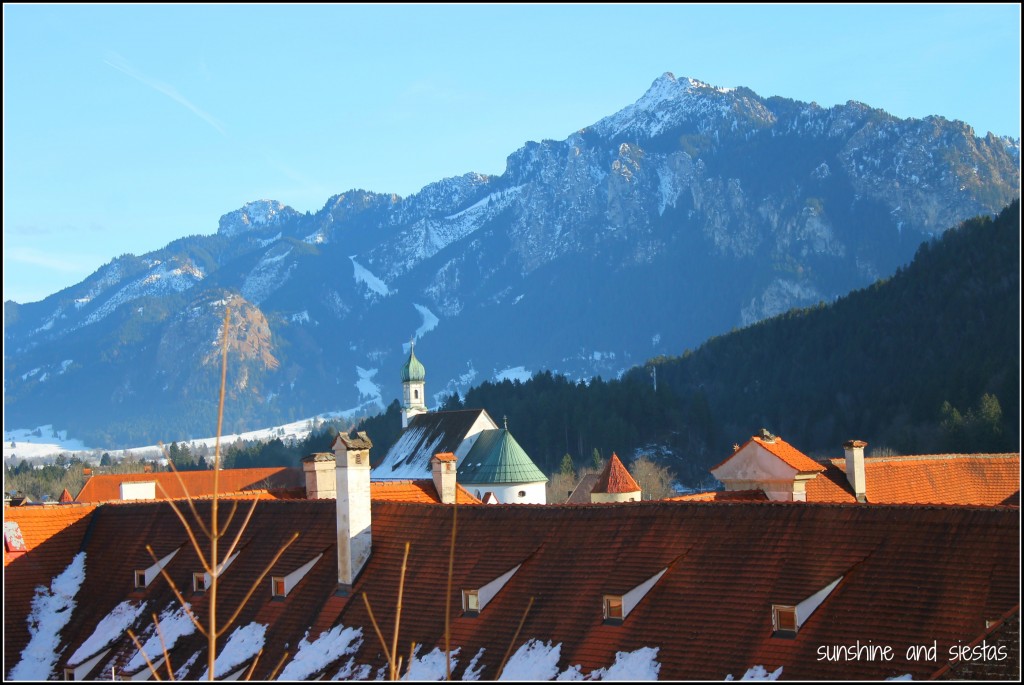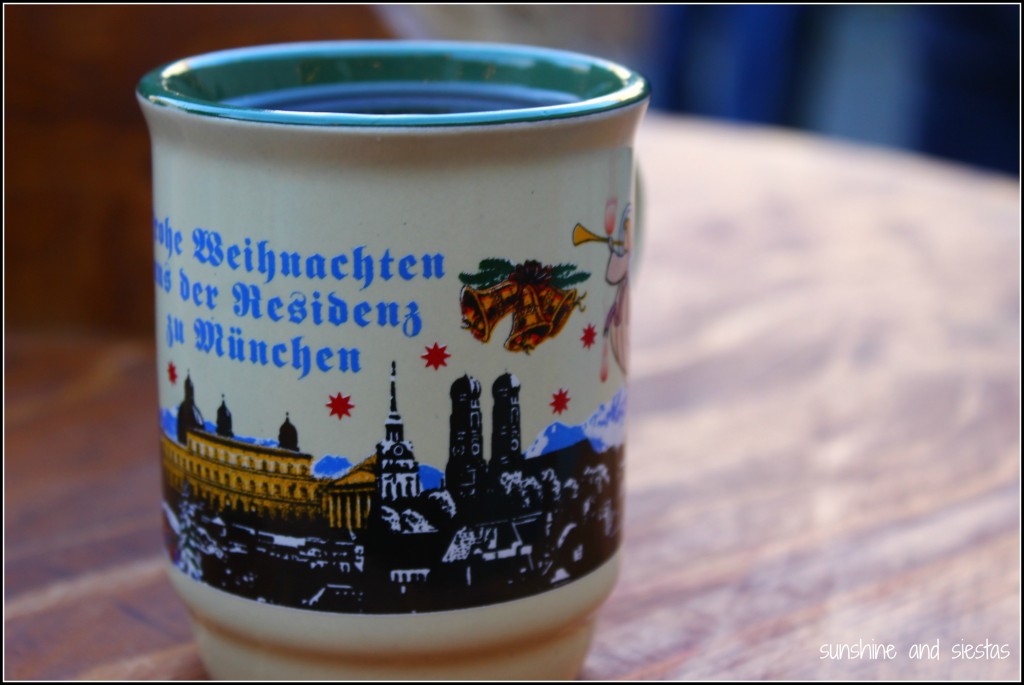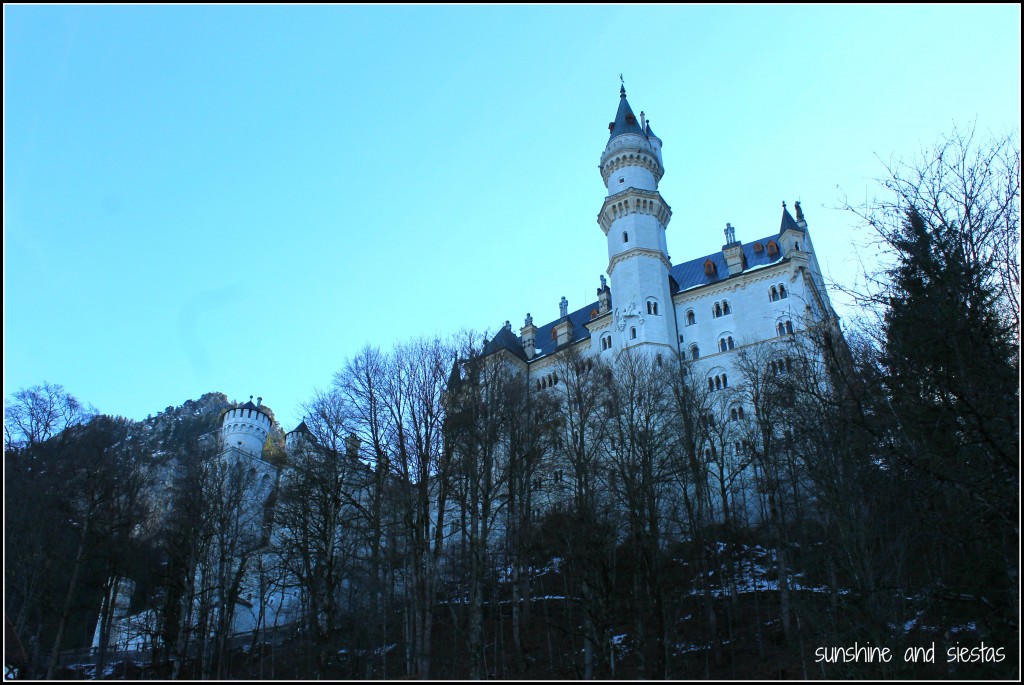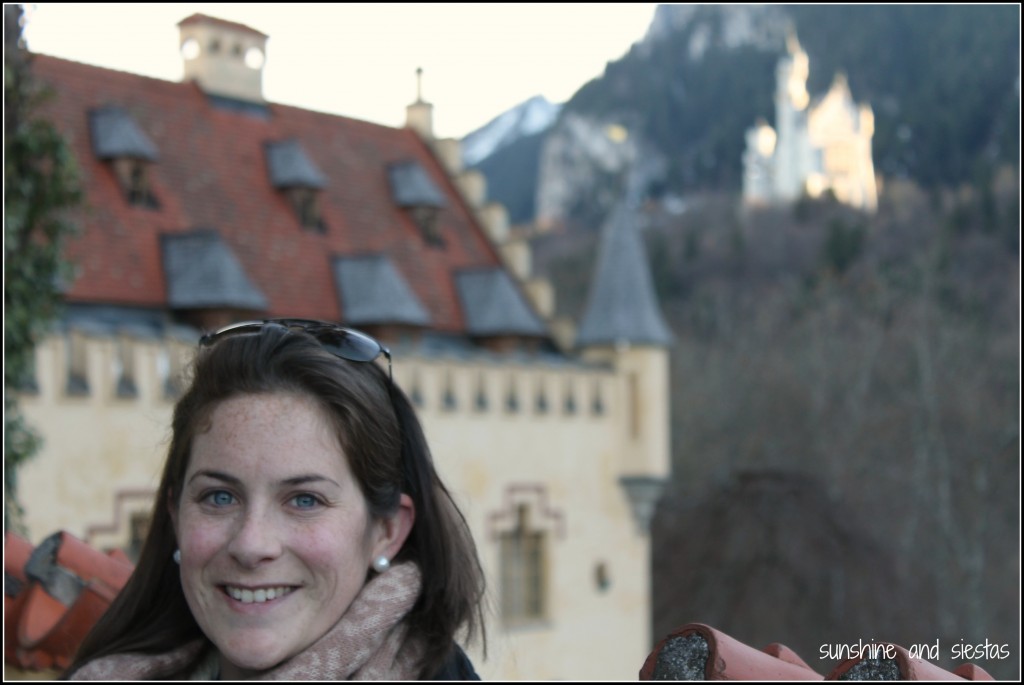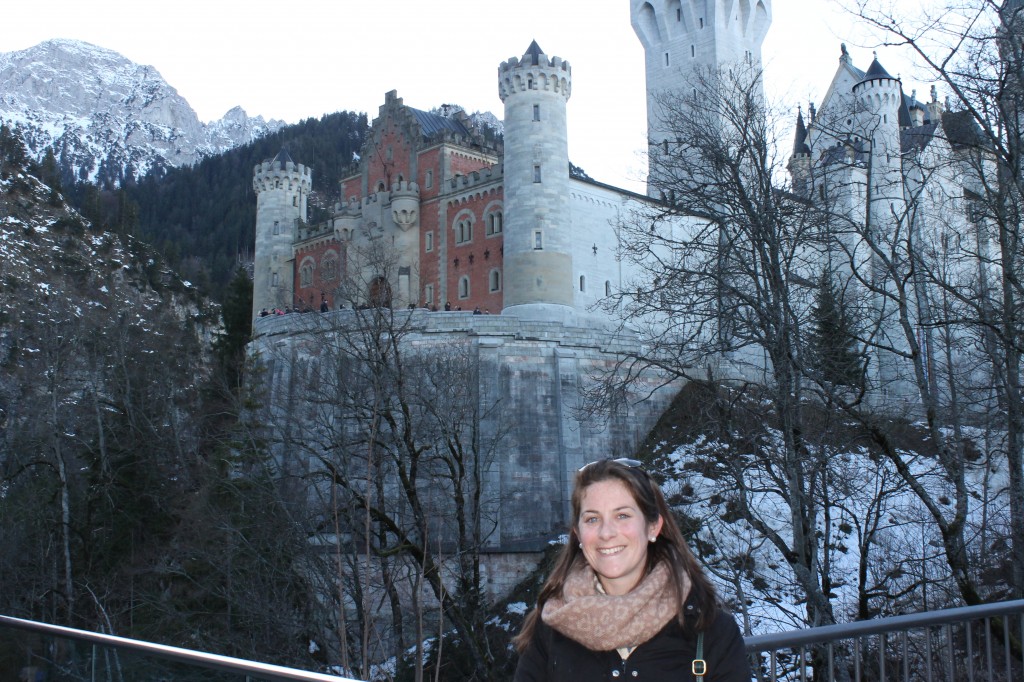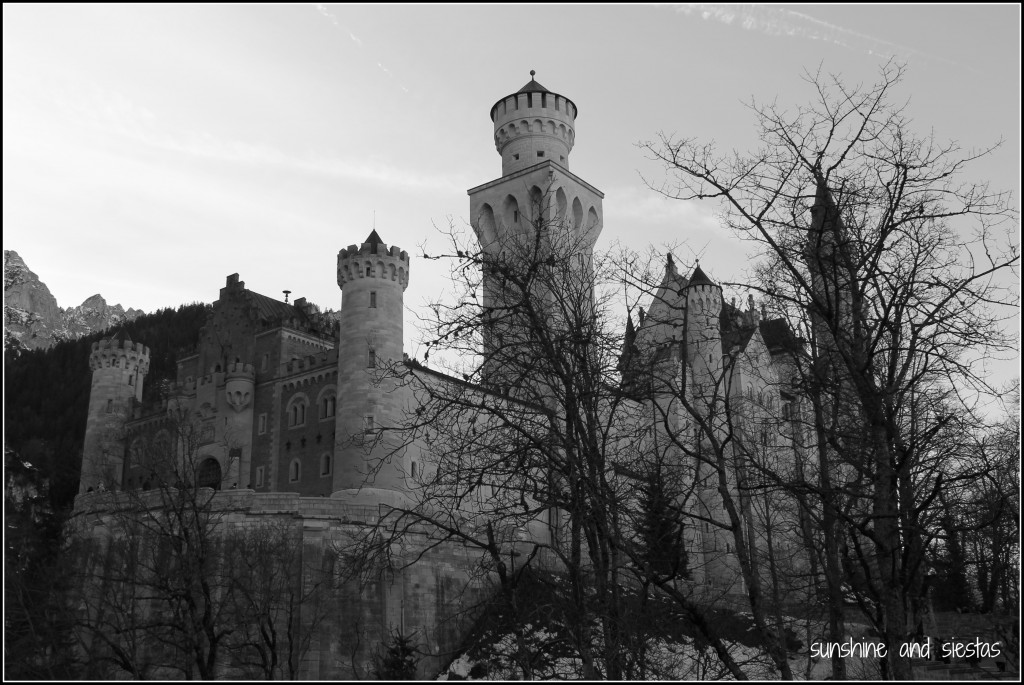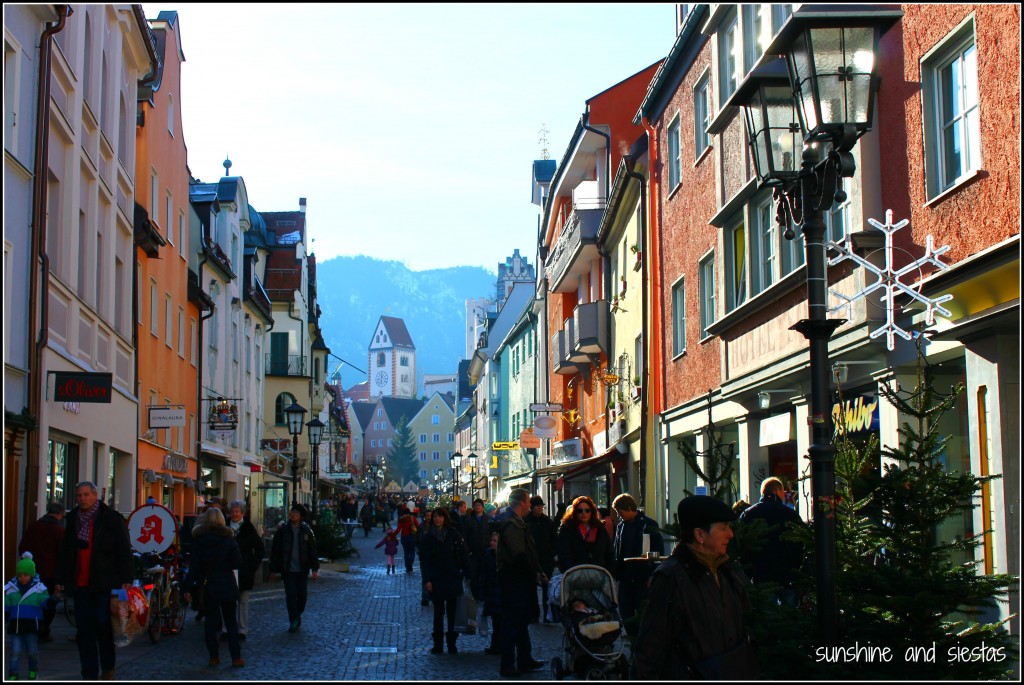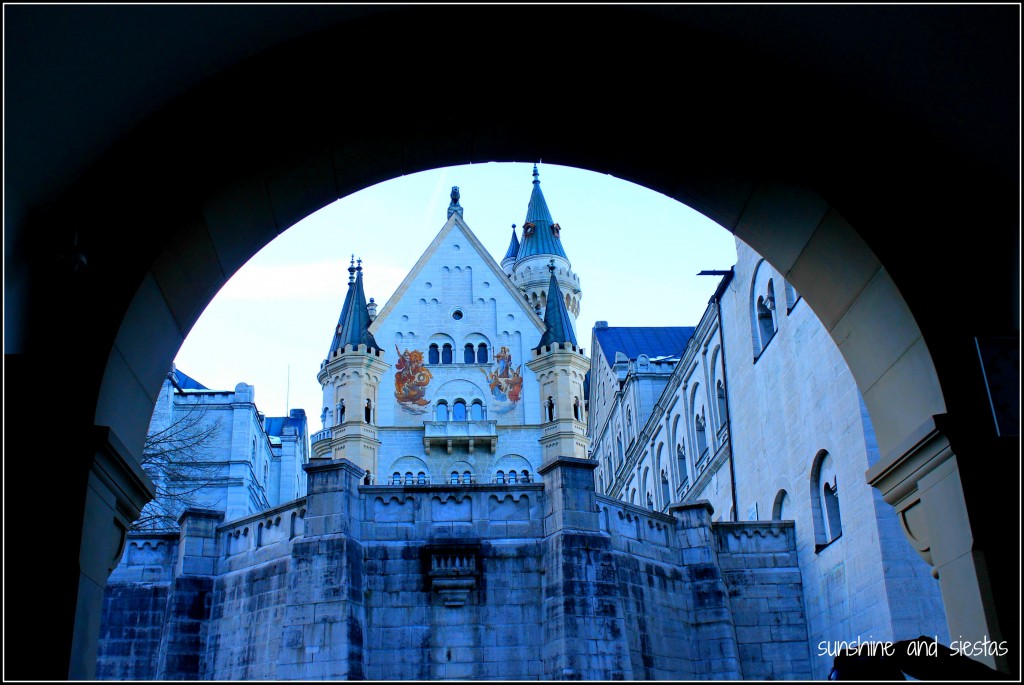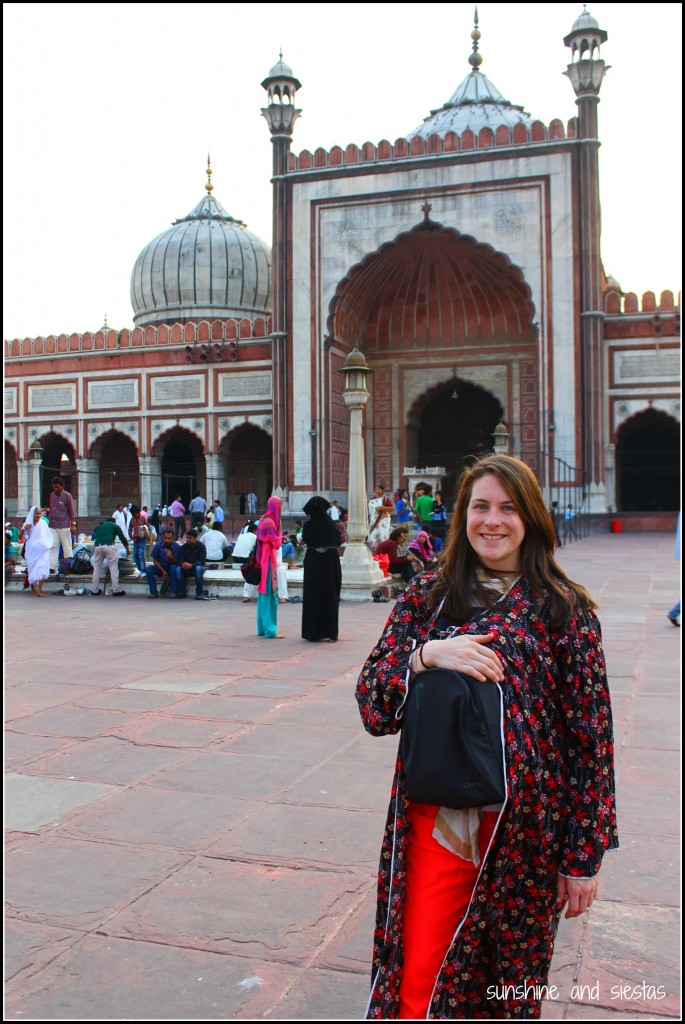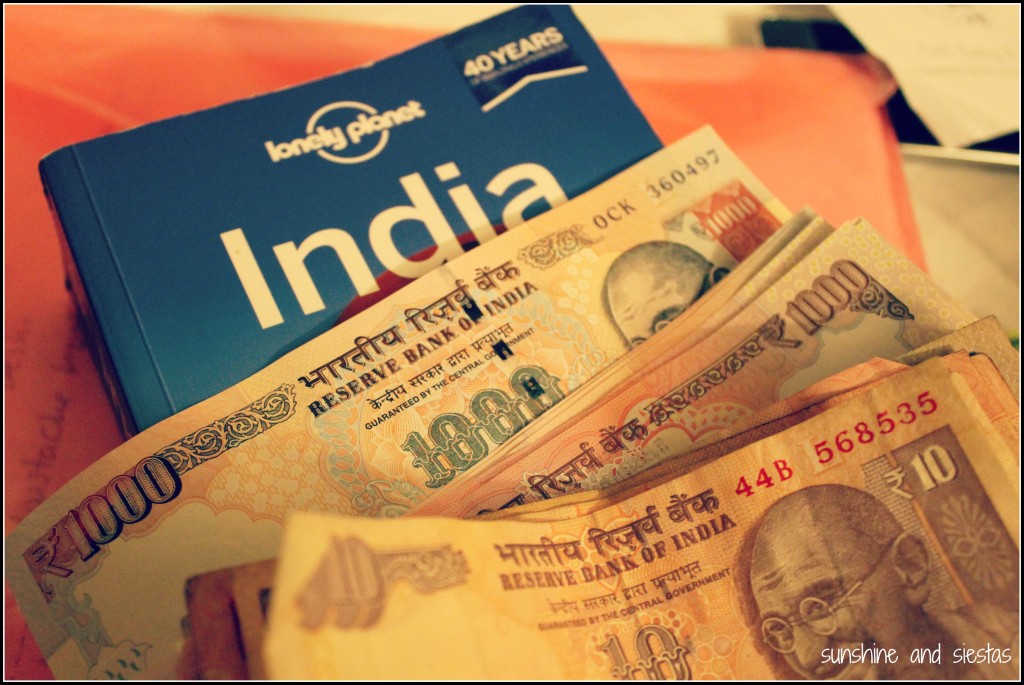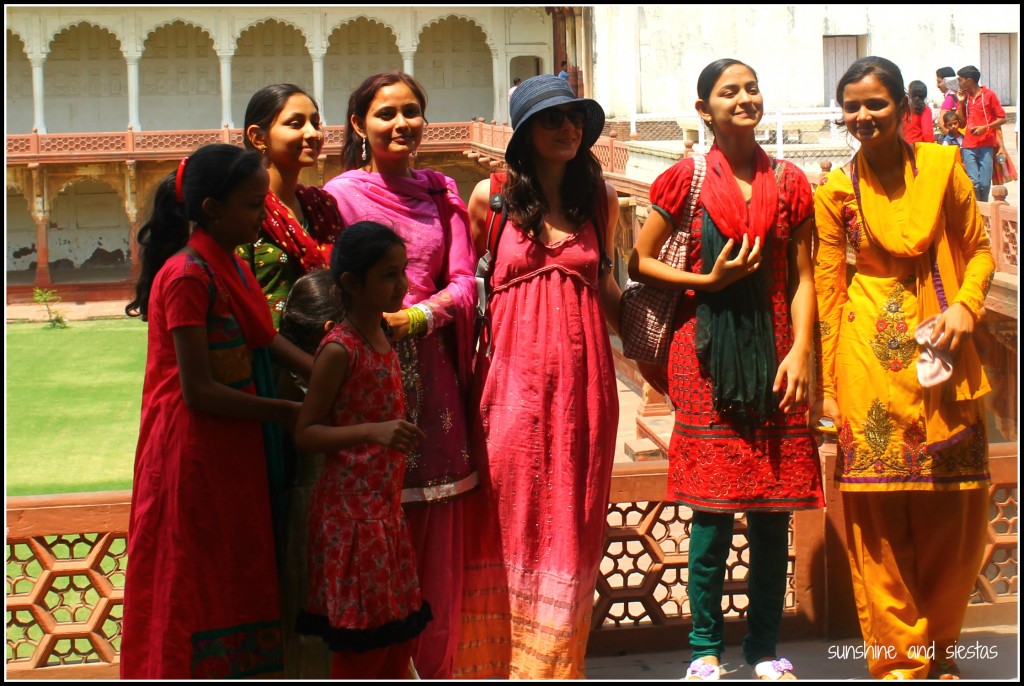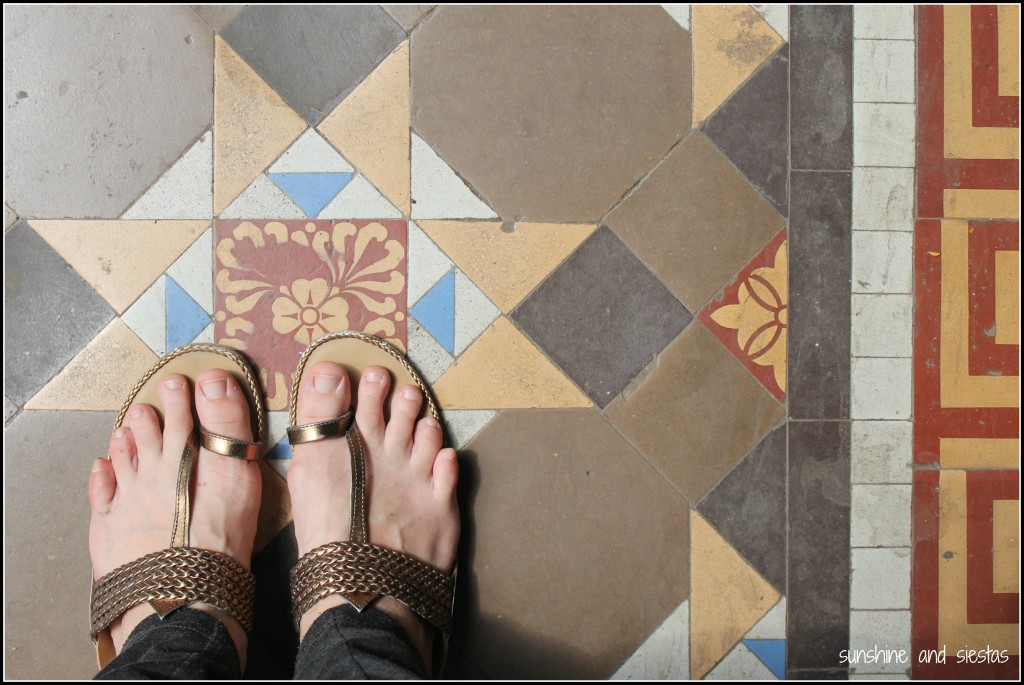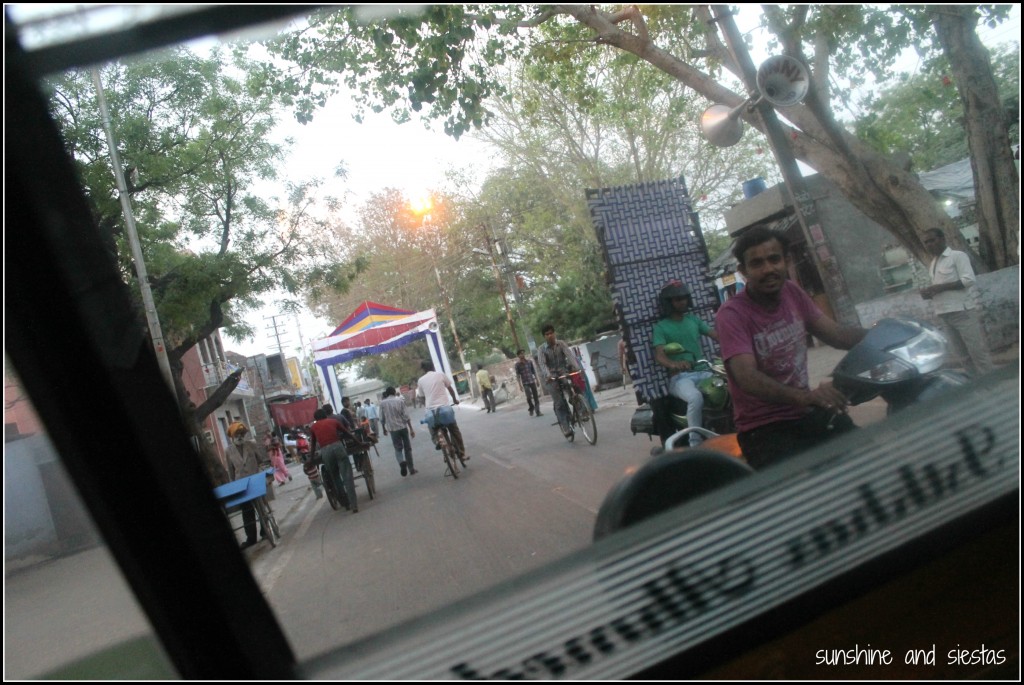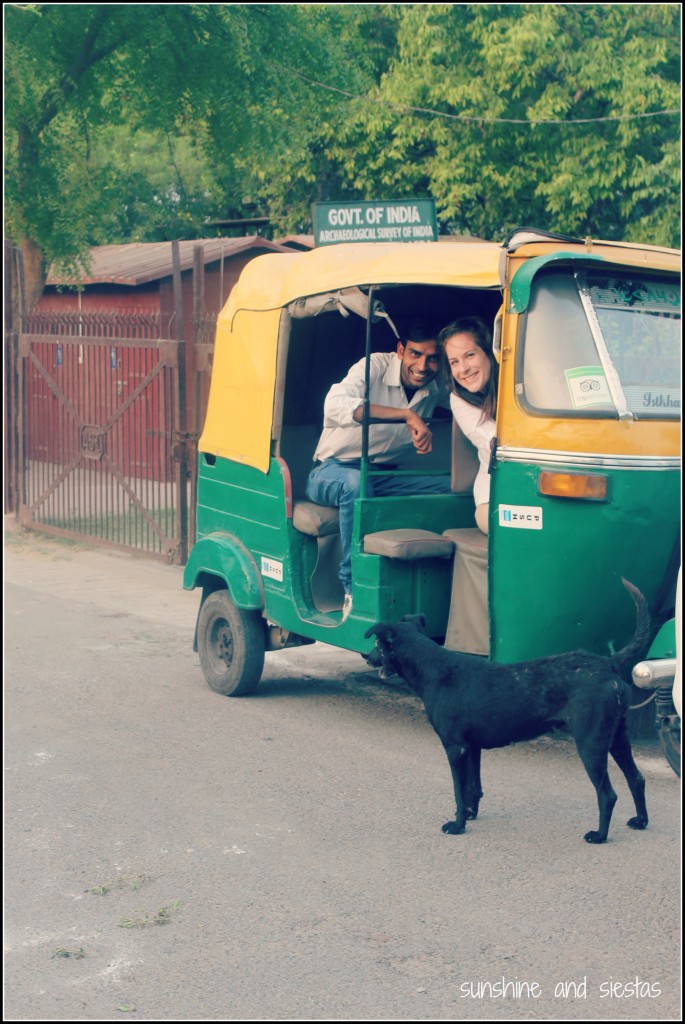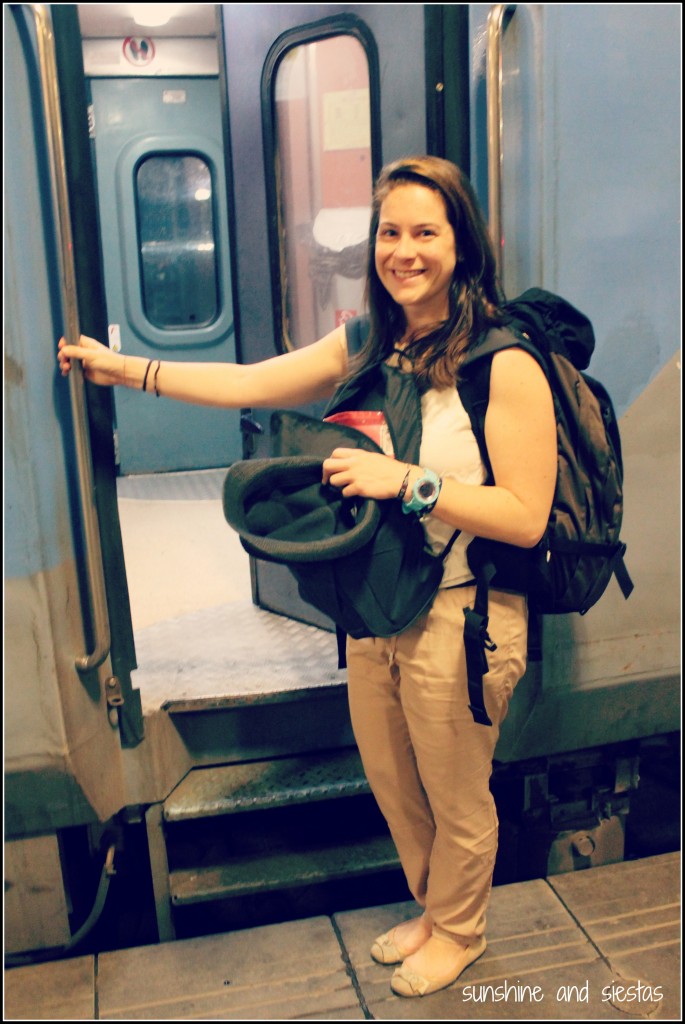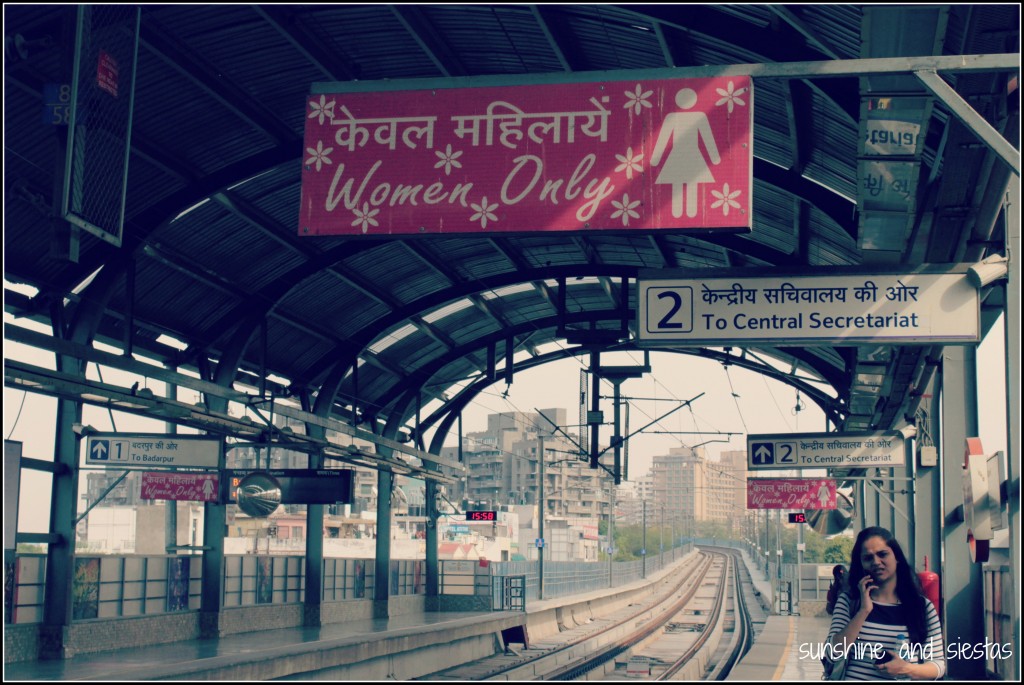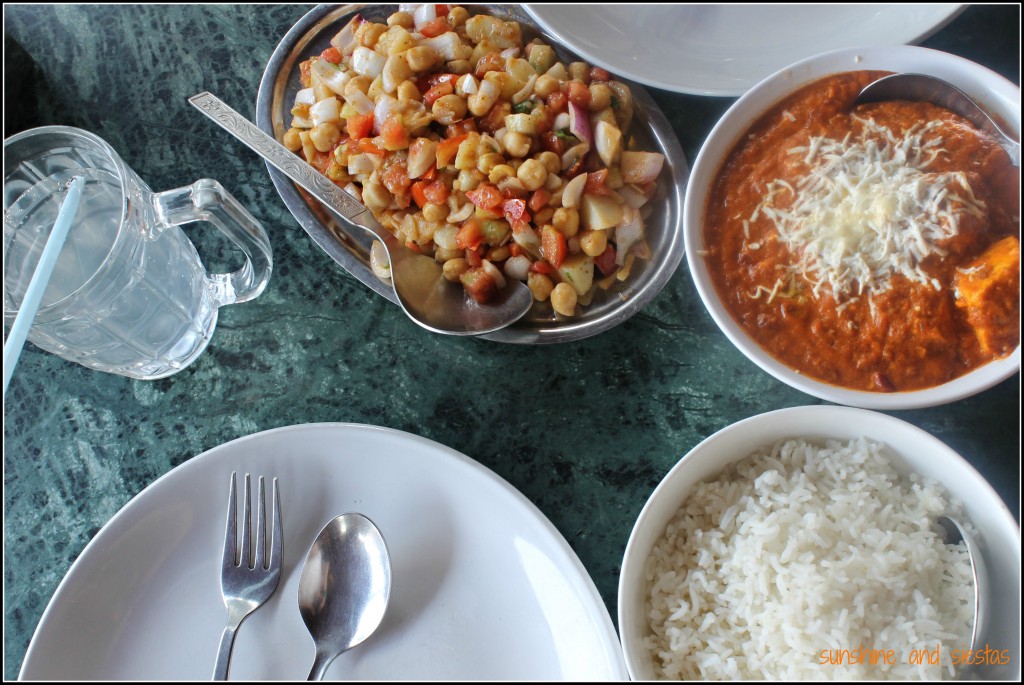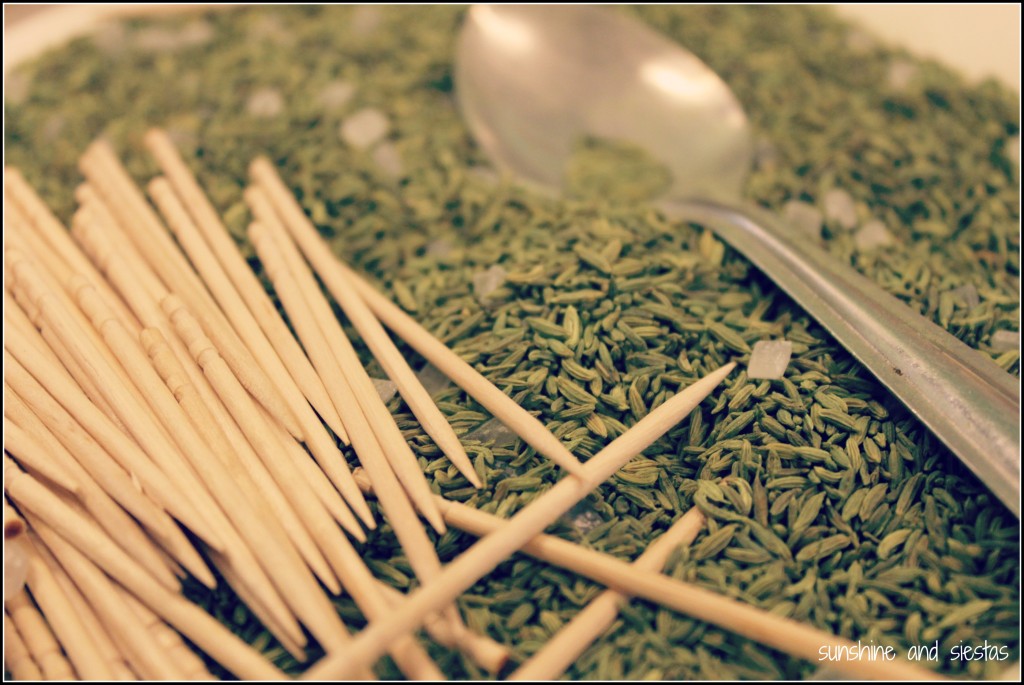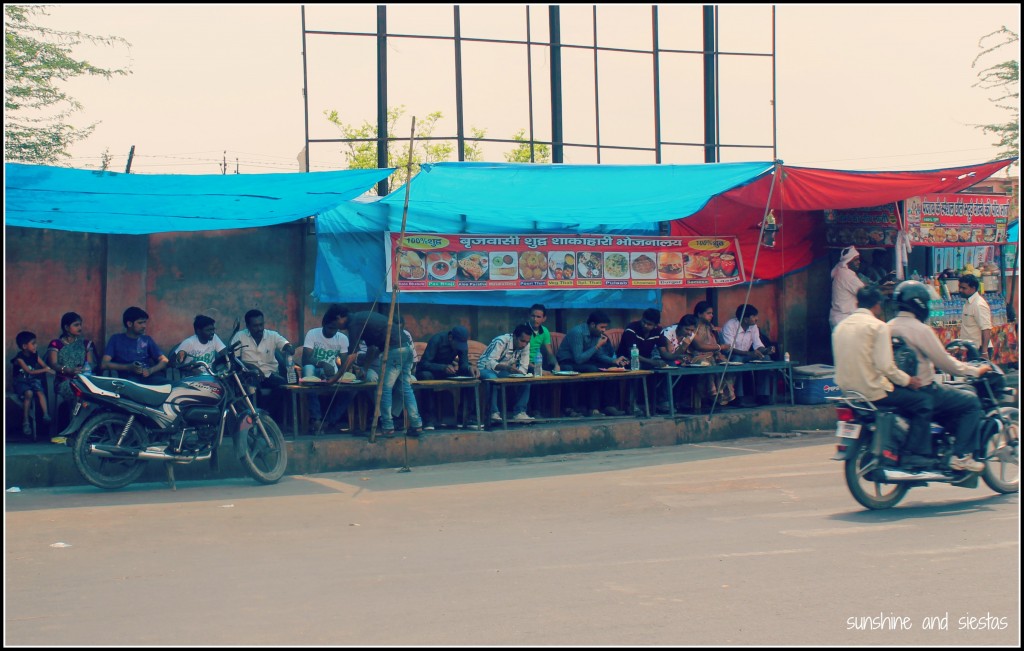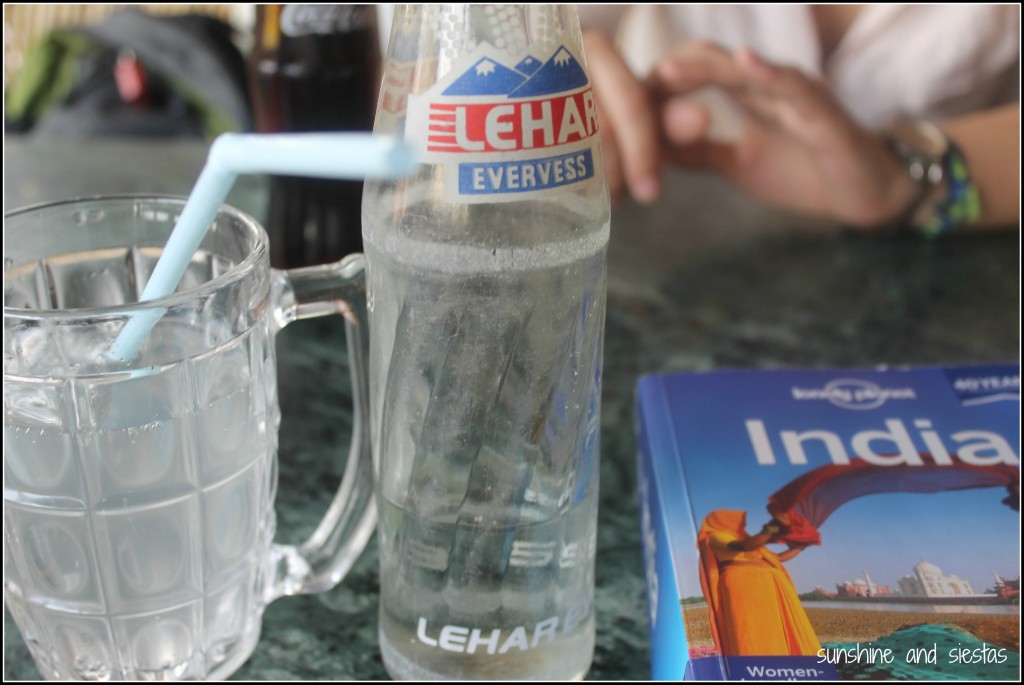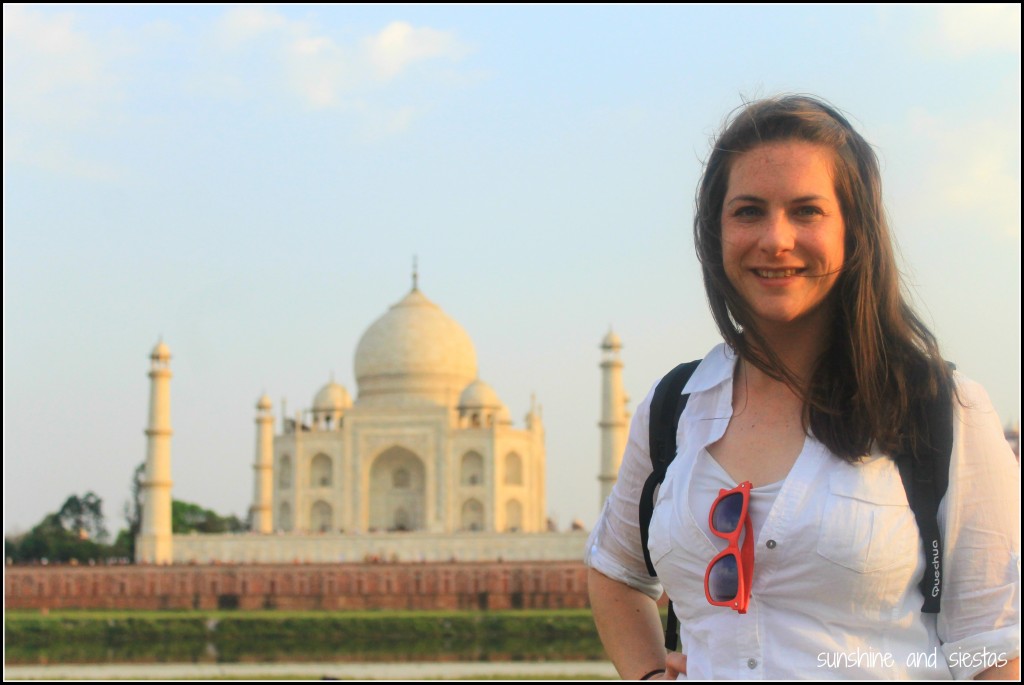Lately, India has been on my mind.
Well, actually, it’s been on my mind for the six months its been since I brought back a virus and a heart bursting with an affection for a country I didn’t realize I ever wanted to visit. And maybe it’s knowing I’ll be grounded for a while that has me drifting back to my last big adventure as a single lady.
Once Hayley and I got past the initial shock of India – its smells, its traffic and noise, its humidity – our senses made everything a heightened experience. I salivate at the first aloo gobi at Touch of Spice and the layers in the thali in Mumbai. The smell of incense when passing the door of a temple. The cacophony of darn horns because, well, that’s what they’re for right?
India assaulted my senses, and none more so than the sense of sight. I was shocked to find an India that was more colorful than I’d imagined. Reds and whites and yellows flood my consciousness when I close my eyes and remember India.
That, and aloo gobi. Ñom.
Red // laala
Red is an obvious color for India, given its numerous Mughal forts in and around the Golden Triangle. But besides the beet-colored palaces, we found red in temple markings, ubiquitous souvenirs and bindis.
Pink // gaØlaabai
While I hadn’t initially included Jaipur on our list of places to visit in India, it was my favorite city. Nicknamed “The Pink City,” Jaipur was painted pink in the late 19th century to welcome the Prince of Wales. I found the Hawa Mahal to be absolutely enchanting, though the langurs at Monkey Temple, not so much.
Yellow // pailaa
The color of marigolds being strung outside of temples, of glittering turrets and dreamy sunsets – yellow looks good on India. Even amidst reds and greens, yellow seemed to pop.
Green // hra
Green will always remind me of those wild tuk tuk rides we took, particularly with Mukul and Ali. I learned to embrace the motorized tricycle and its ability to weave in and out of traffic. We didn’t find many green spaces in the city, but will pops of color elsewhere, I hardly noticed.
Blue // nailaa
You have to look a little bit harder to find the blue. Wisps of contamination, particularly in the big cities, blot out the blue sky I’m used to seeing in Spain every afternoon, so the few blue hues stood out. And then there are those blue Indian Railways trains. In the more memorable of the two (or perhaps more Indian) trip, we were escorted to a sleeping car and, lulled to sleep by the sound of Utter Pradesh melting into the deserts of Rajasthan.
White // safðd
Few whites are to be seen – everything in India seems to have a layer of dirt or dust but the beyond pristine Taj Mahal.
But the whites somehow gleamed and made the other colors stand out next to them. India is the sort of place where you can walk across the street and see a sea of contrasts – in sari styles, in mustaches, in skin color – but the colors are just as vivid no matter where you are.
Have you ever been to a place where color has blown you away?
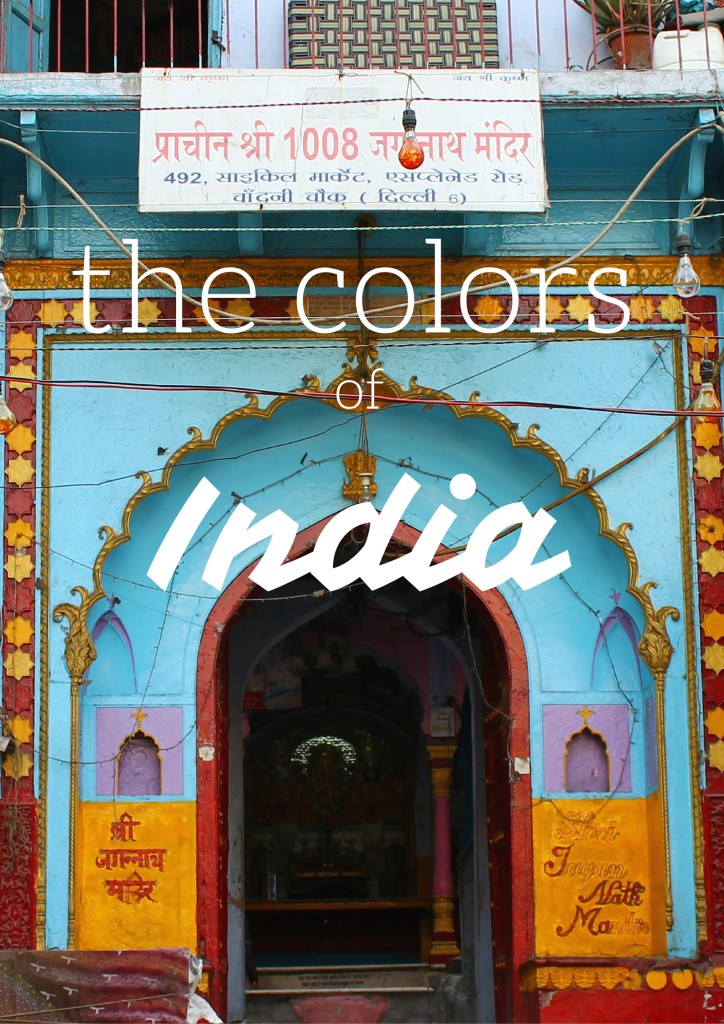
Read more on India and Colors: Why I Didn’t Ride an Elephant at the Amber Fort // Córdoba, the Technicolor City
